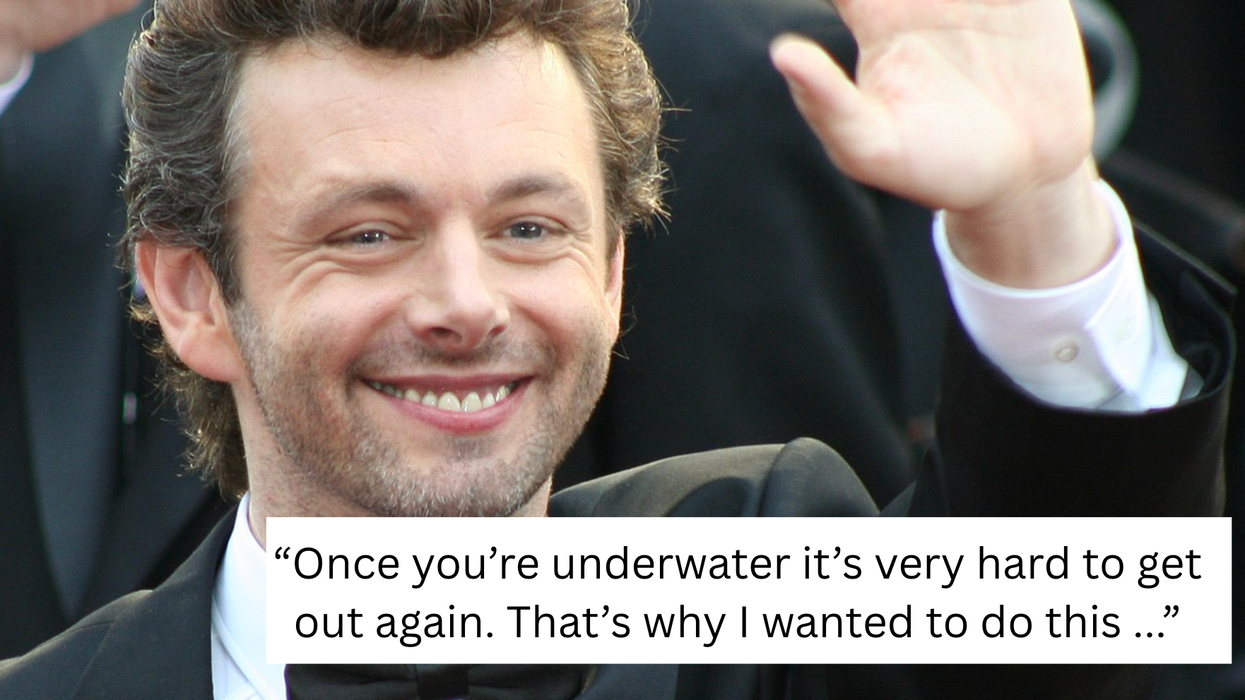"You guys have always been there for me over the years. I want you to know how much I appreciate it."
"👍"
Does this kind of exchange look familiar?
The first time you used an emoji in conversation, whether in a text message, a Slack, or a Facebook DM, you participated in a complex form of communication, probably by accident. These seemingly innocuous smiley faces and grimaces are loaded with meaning that’s often challenging to decode—informed by social context, speech tone, and even generational preferences. In other words, a smirk can mean a whole lot of things depending on who sends it, who receives it, the setting in which it's sent, and how often it's sent.
In 2024, CNN readers participated in a "texting quiz," and the results showed apparent differences in emoji use across age groups. Asked how they would respond to a co-worker’s "hilarious message," only 1.8% of Baby Boomers said they’d react with a skull, compared to 4.5% of Gen X, 9% of Millennials, and a whopping 28% of Gen Z. A pretty wide margin! But I’m particularly interested in our old friend the thumbs-up—and, more specifically, how often my father (age 72) uses it.
In recent months, I (age 38) have noticed that it makes regular appearances in our text thread. I love my dad, and I’m sure his thumbs-ups genuinely mean "sounds good" or "right on"—no passive-aggression or irritable baggage in tow. But we’re all human, and I’m paranoid by nature. As Alex Michael concurred in a story for The Guardian, this yellow-colored emoji often carries a whiff of "I don’t care."
- YouTube www.youtube.com
My dad's use of the thumbs-up emoji
So, in an effort to dig deeper, I completed the totally normal and not-weird-whatsoever task of combing through our text history to see just how often he uses the thumbs-up. I spotted at least 22—including one example of the elusive triple-thumb—dating back over the past year, and that’s a lot, considering we talk on the phone way more than we text. In comparison, during that same range, I only found a small handful from every other person in my contacts list, including one from my mom (also 72) and a couple from my late-'30s bandmates.
The vibe is somewhat different for each usage. What’s clear is that my dad is definitely just using the thumbs-up because it’s become a comfortable go-to—he’s very consistent, tossing it out in just about every situation. He sent one after I recommended a potential home warranty company. He used another after I told him I was aware of severe weather conditions in my area. In my favorite example, I wrote, "Congrats! Can’t wait to come see [your new house]," and he fired back with ol’ faithful.
Maybe it’s a Millennial thing—most of us grew up with texting and the Internet as part of our daily lives, so we probably think more actively about how our texts will be received. Regardless, the brevity of the thumbs-up response often feels to me like the equivalent of "Sure, whatever." I can practically see the rolling of eyes. But I wanted to know more, so I did the work of a real journalist and called up my dad for a conversation that was just as nuanced as emojis themselves.
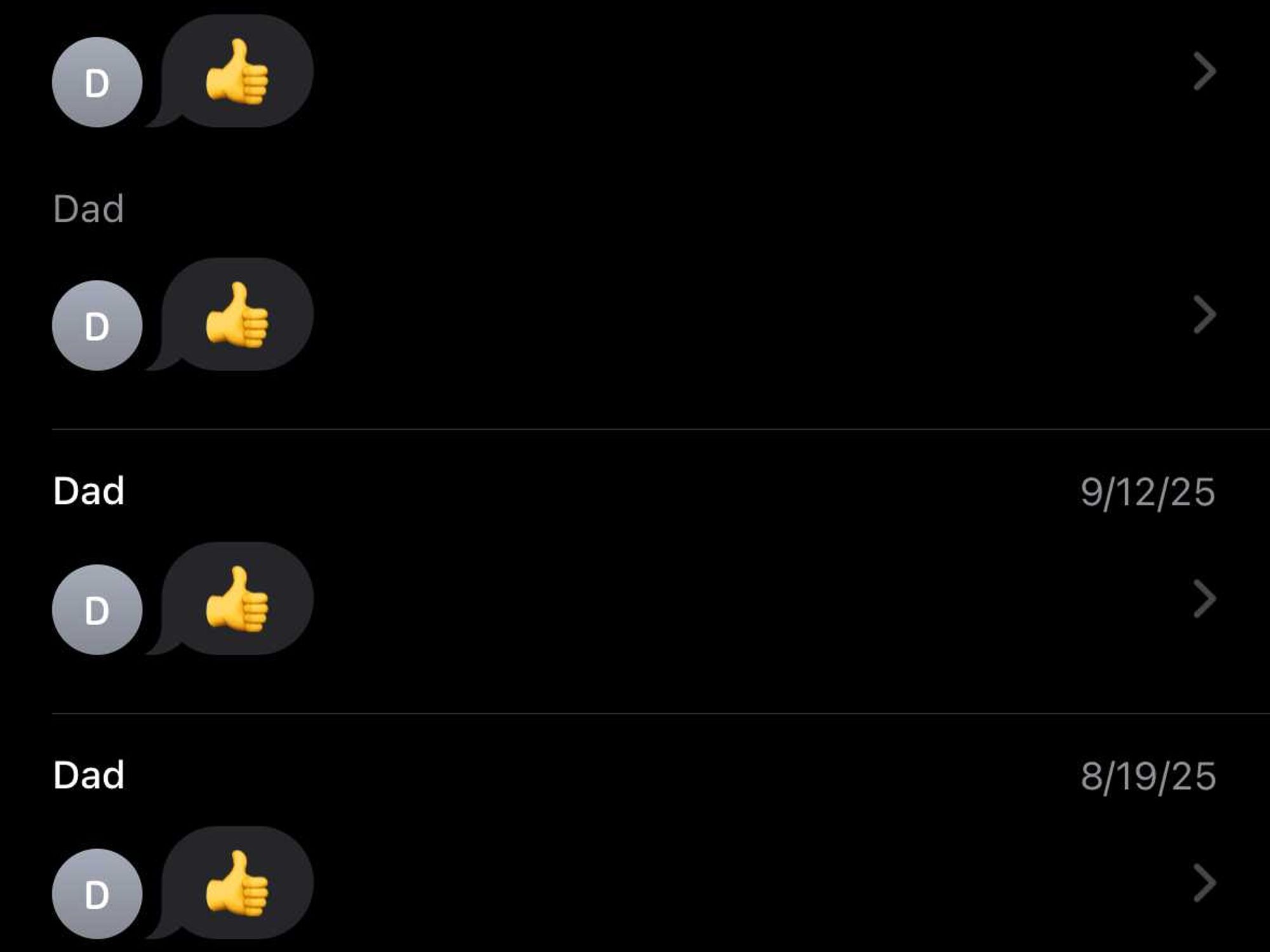
"Everything's good"...but is that all?
First came a mission statement: The thumbs-up, according to my dad, means "everything’s good." He continued, "It’s almost like you’re smiling when you do it. It’s not just OK OK." But does it ever have a sort of sarcastic intent? "No, I don’t think of it that way at all. [Laughs.] It depends on what the other person says, but it’s definitely not a negative thing." I thought that was the end of our convo—but then my mom, always eager to offer her two cents, chimed in. "I never started using it until your dad did," she said. "I know your dad very well, and I know that for him it’s mostly 'I don’t want to get into a deep discussion right now.'"
So wait a second—the thumbs-up does have a kind of "let’s cut the BS and get to the point" quality? "For dad," she added, "it’s like an ending to be nice, like, 'We’ve discussed it. Now it’s time to let it go. That’s dad’s way of ending a conversation." (Adding another layer of complication, my mom said she only sends the thumbs-up to my dad because the emoji is "clearly a man's hand." Wait…what? There's too much to unpack here.)
In 50 years, when the entire emoji concept is beyond outdated, we’ll look back on this cultural conversation and laugh. For now, the confusion continues. And to that, there’s only one appropriate salute.
- YouTube www.youtube.com





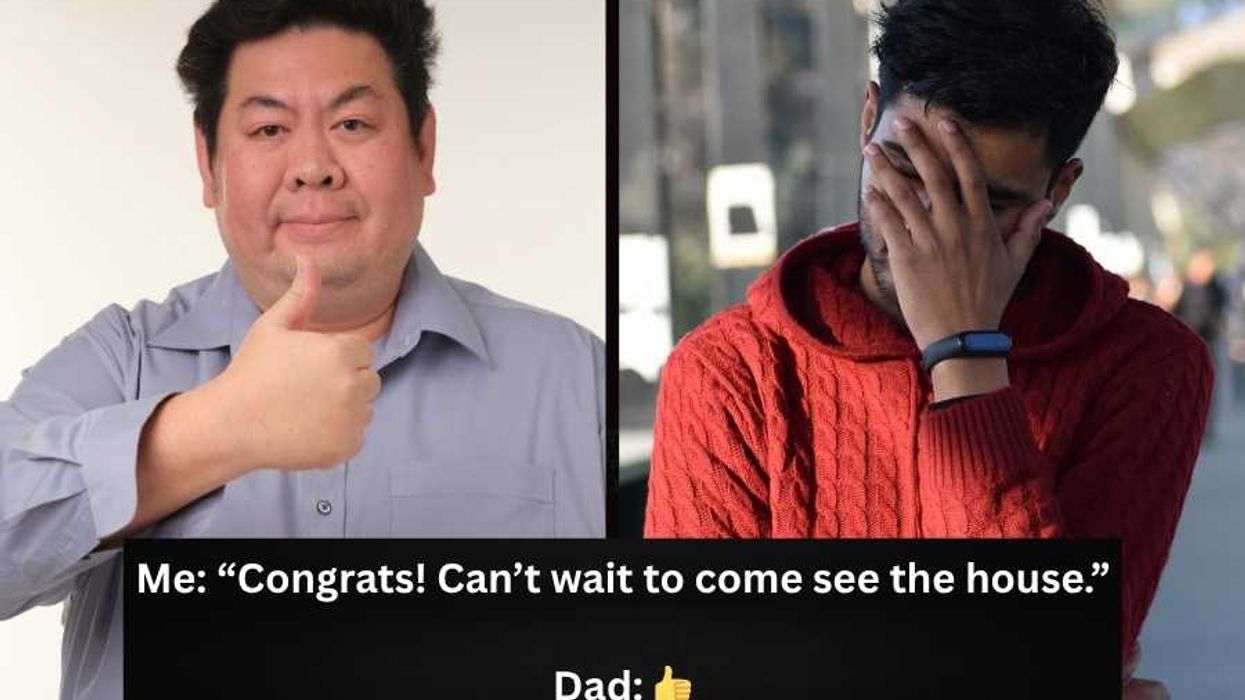

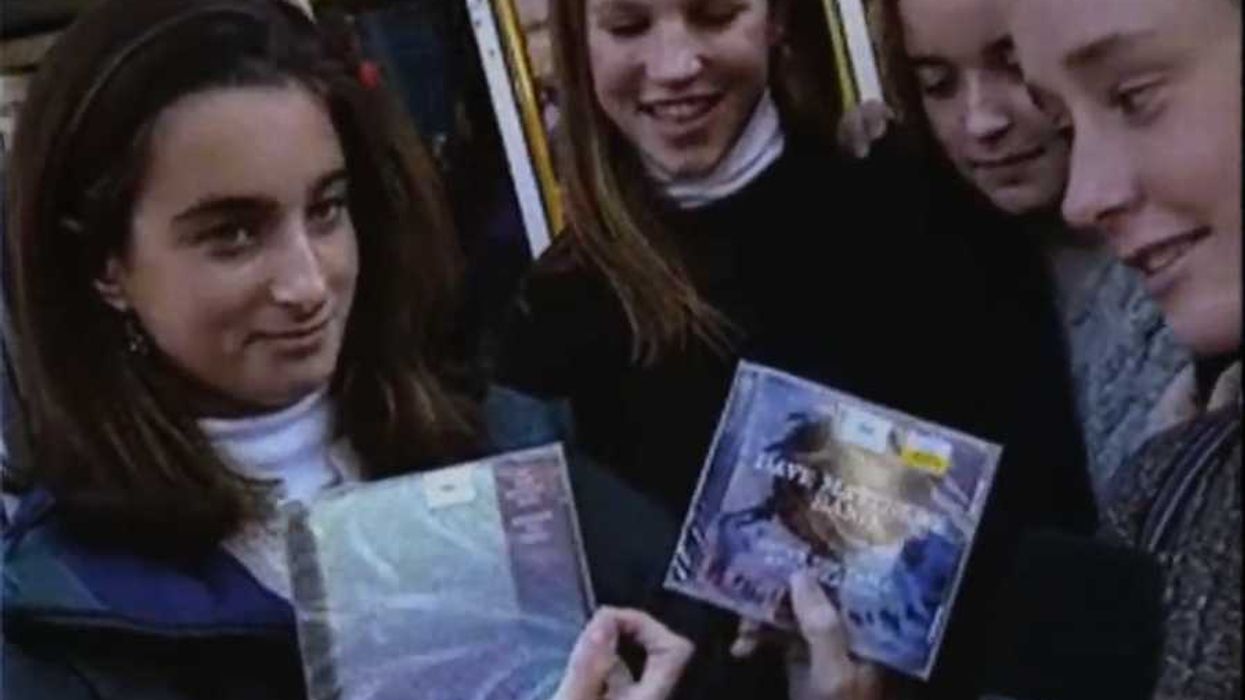
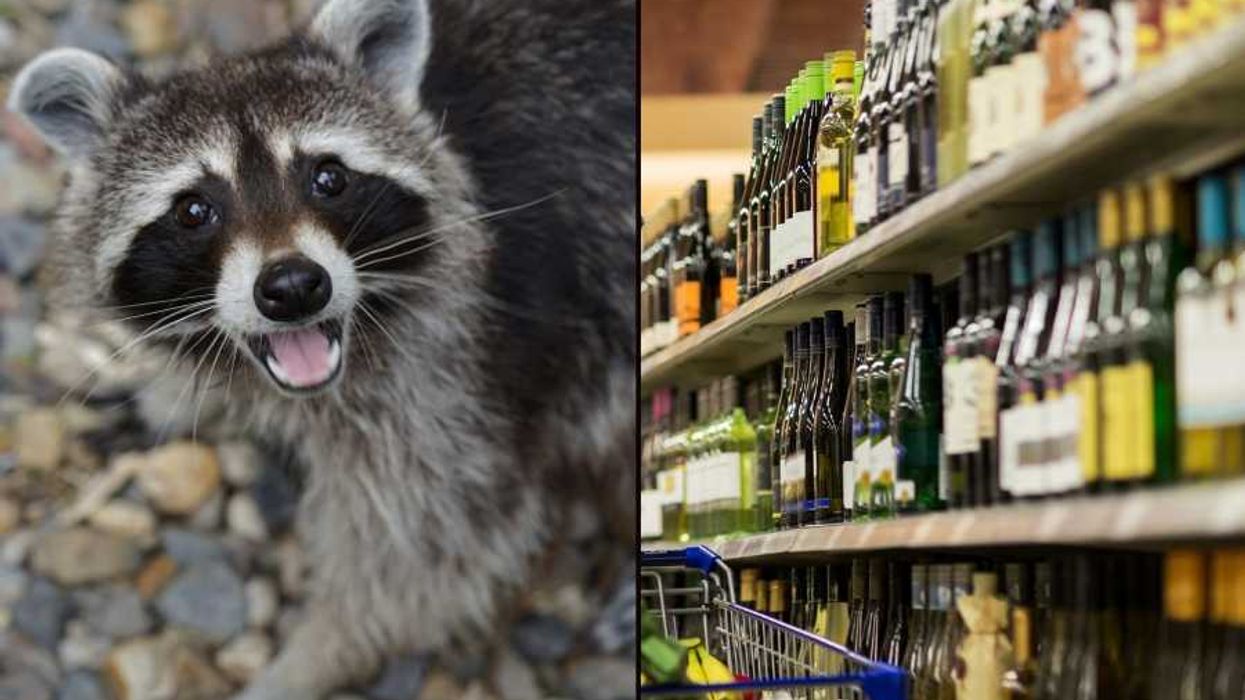

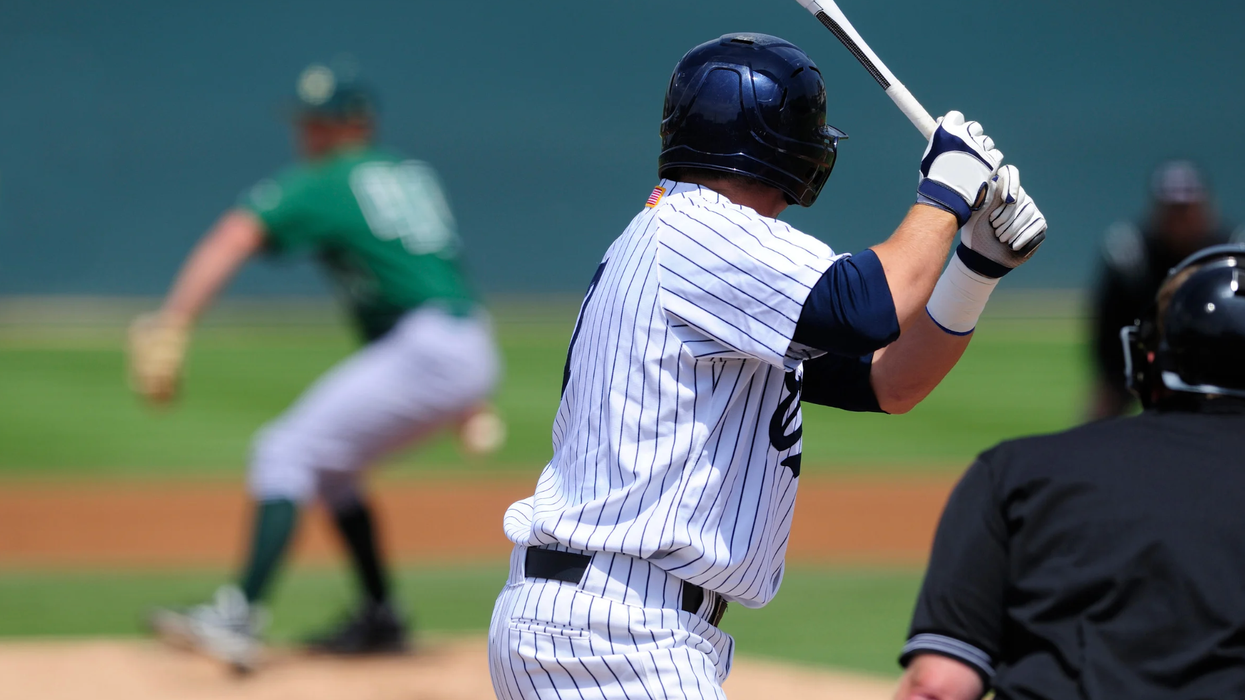

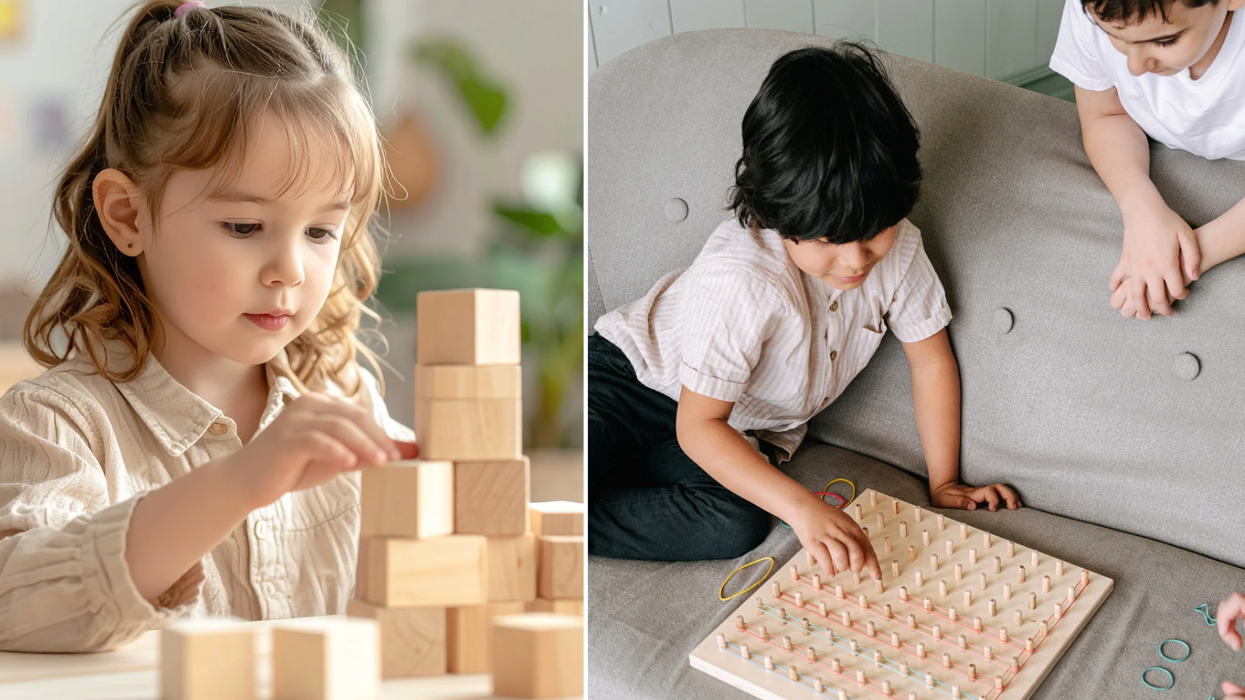
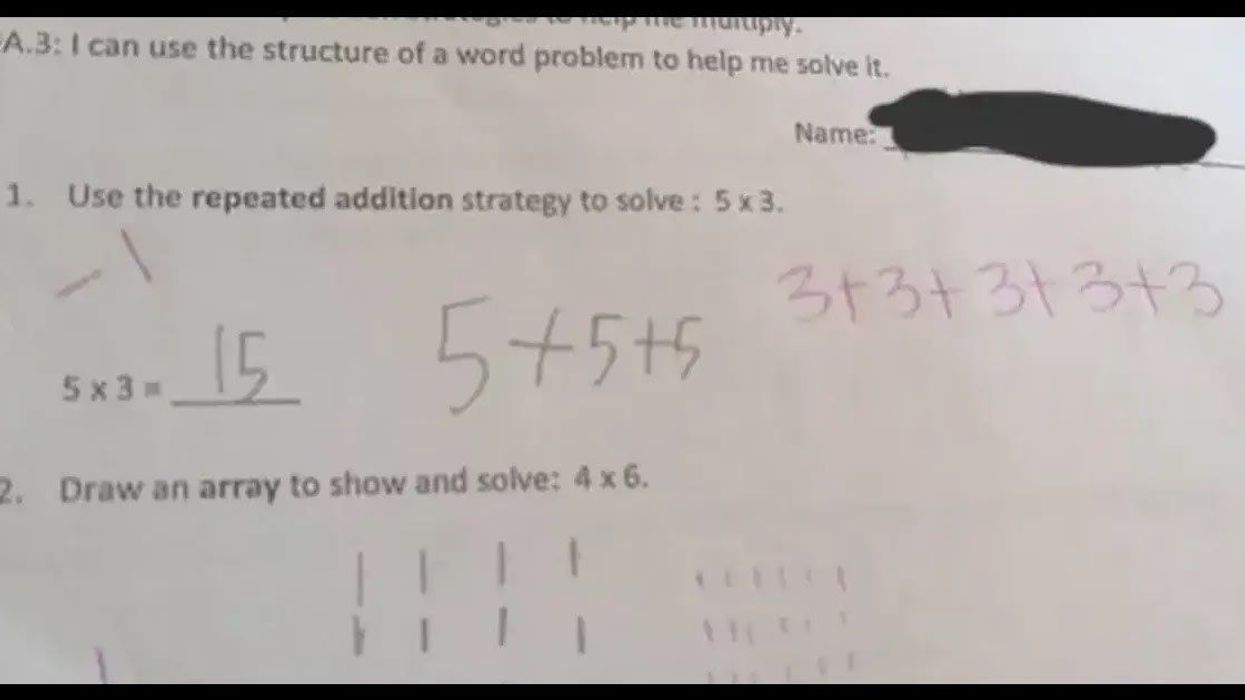

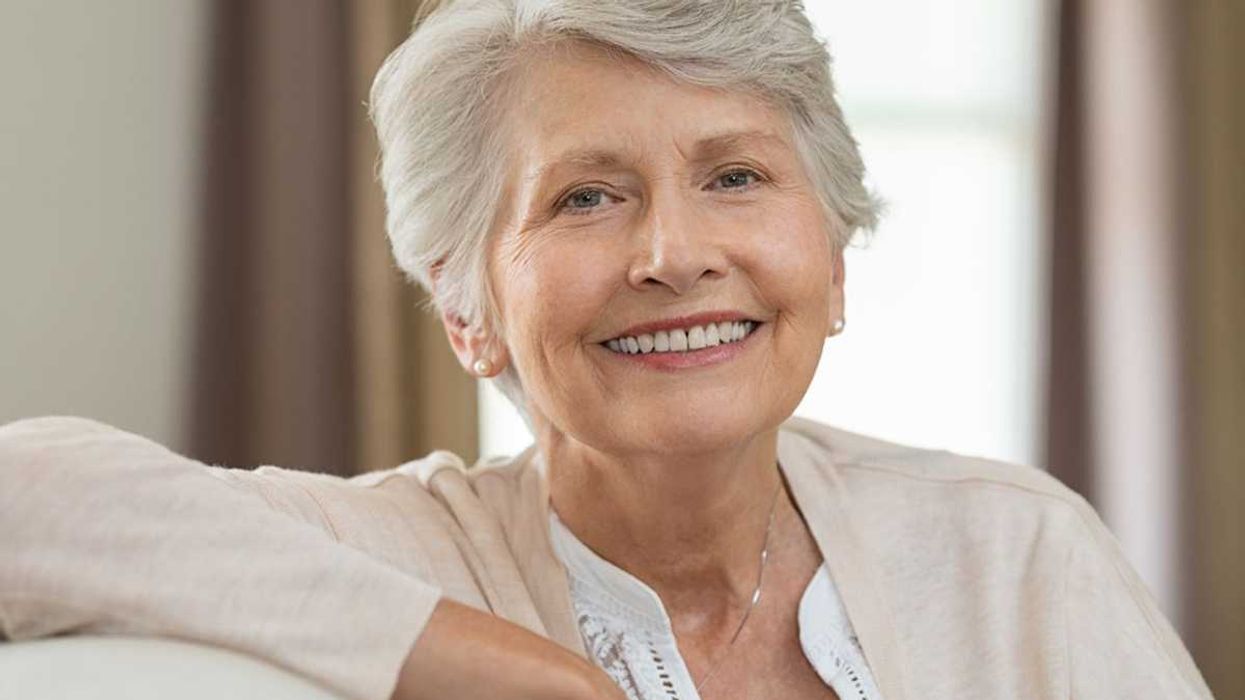
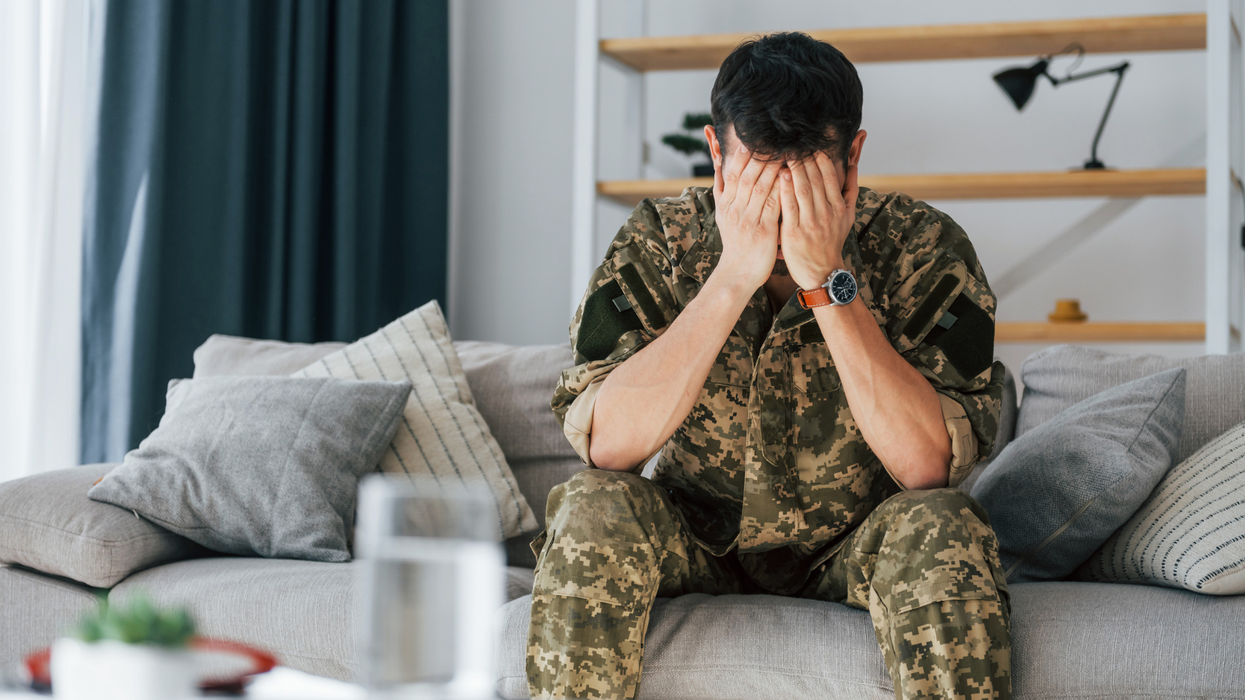
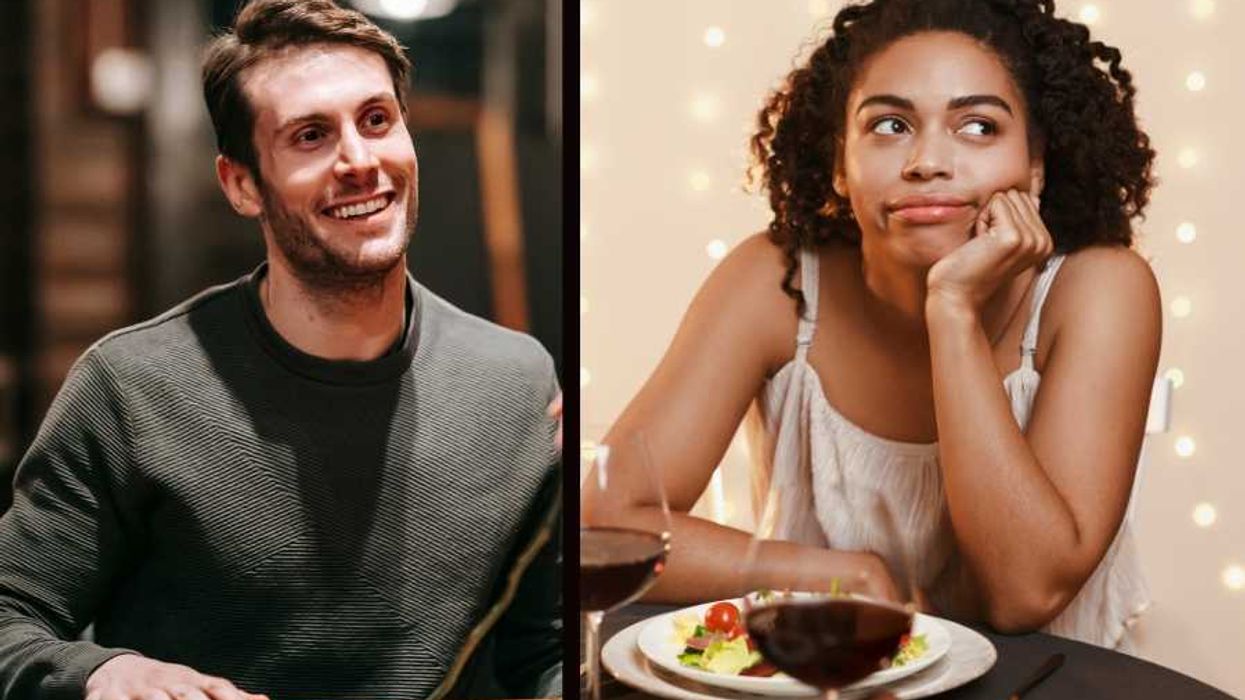
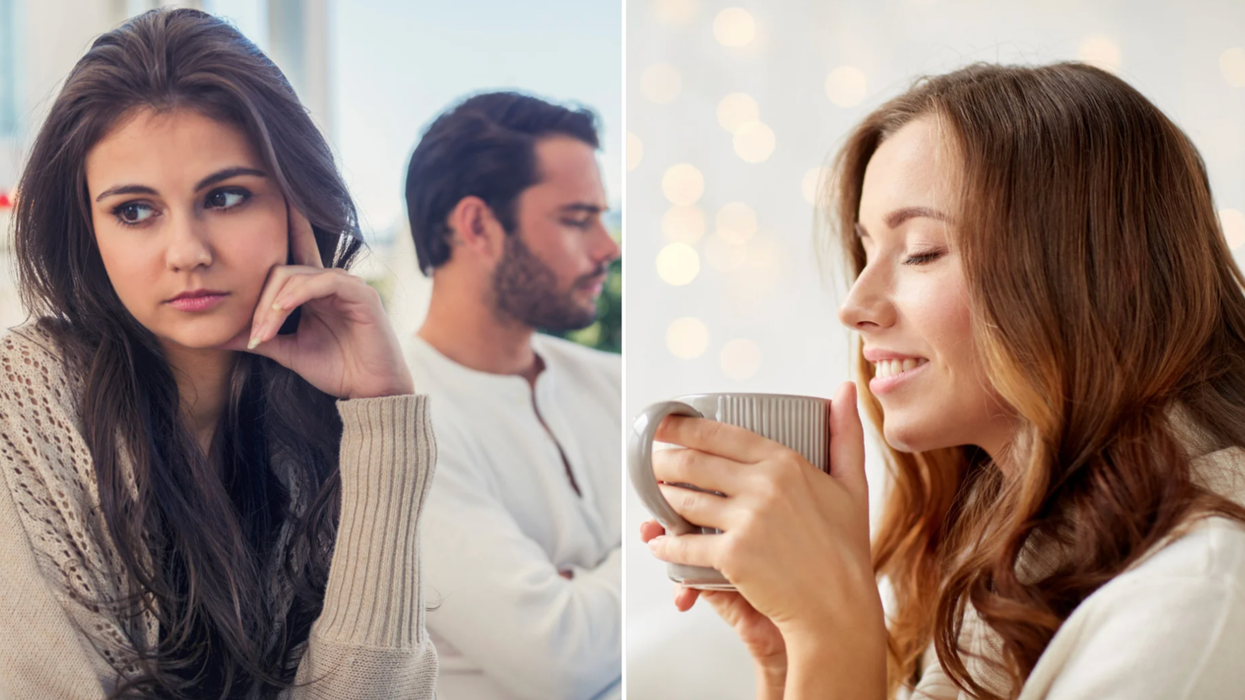
 A woman looks out on the waterCanva
A woman looks out on the waterCanva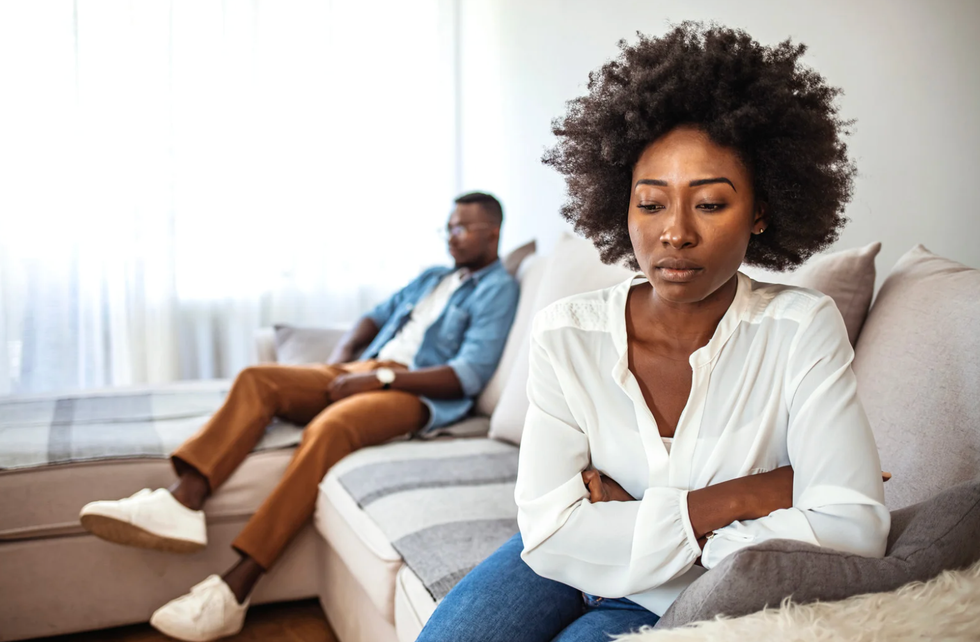 A couple sits in uncomfortable silenceCanva
A couple sits in uncomfortable silenceCanva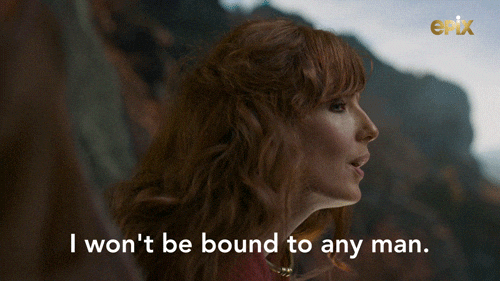 Gif of woman saying "I won't be bound to any man." via
Gif of woman saying "I won't be bound to any man." via 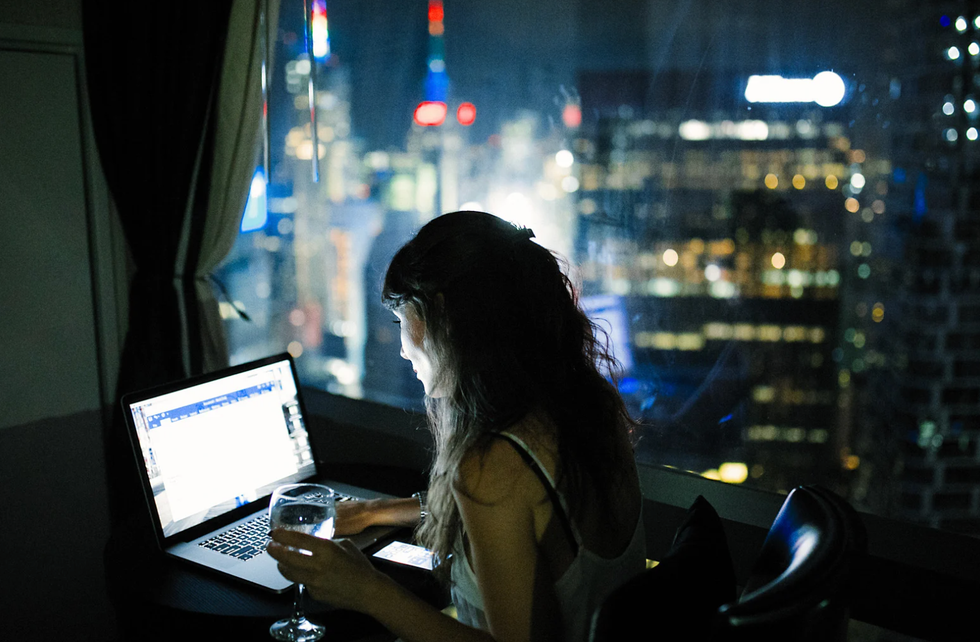 Woman working late at nightCanva
Woman working late at nightCanva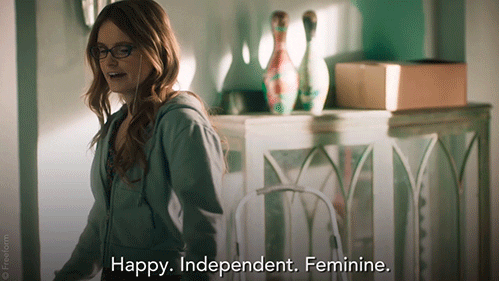 Gif of woman saying "Happy. Independent. Feminine." via
Gif of woman saying "Happy. Independent. Feminine." via 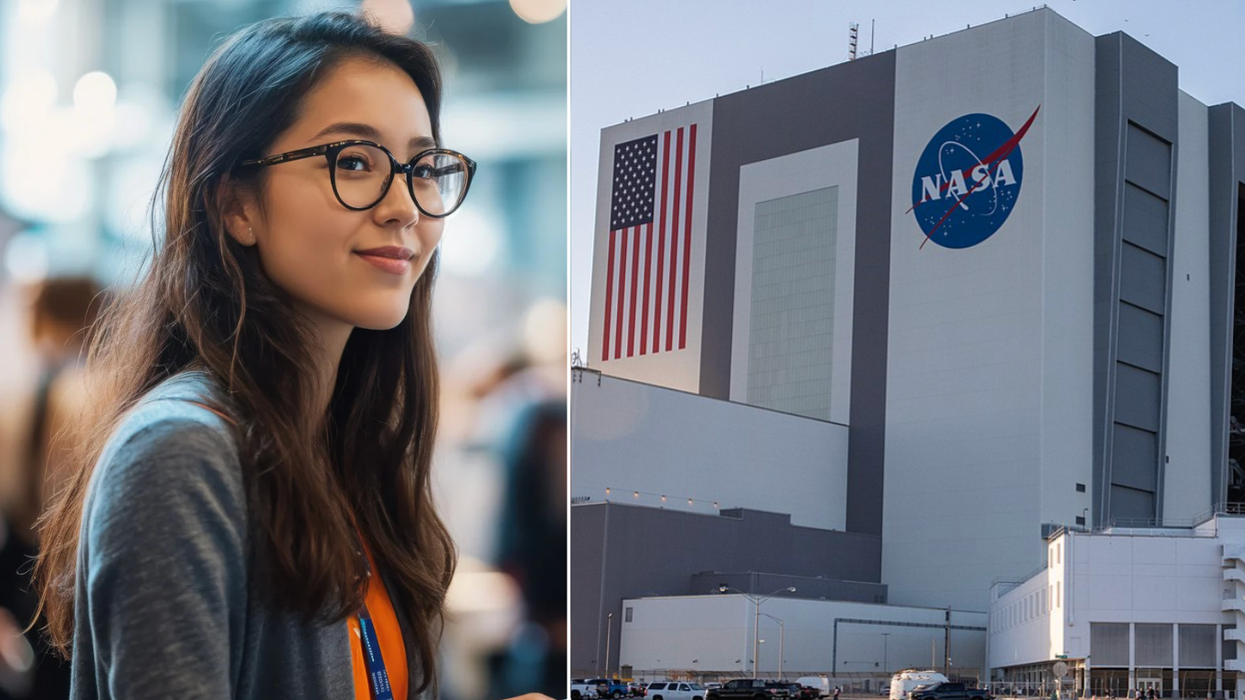
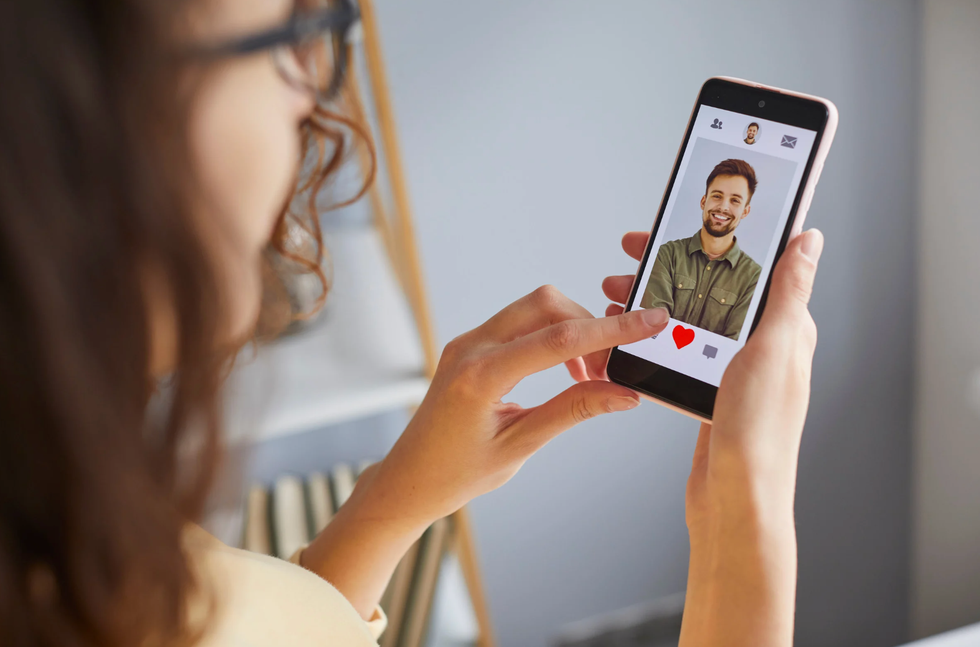 A woman browses a dating app on her phoneCanva
A woman browses a dating app on her phoneCanva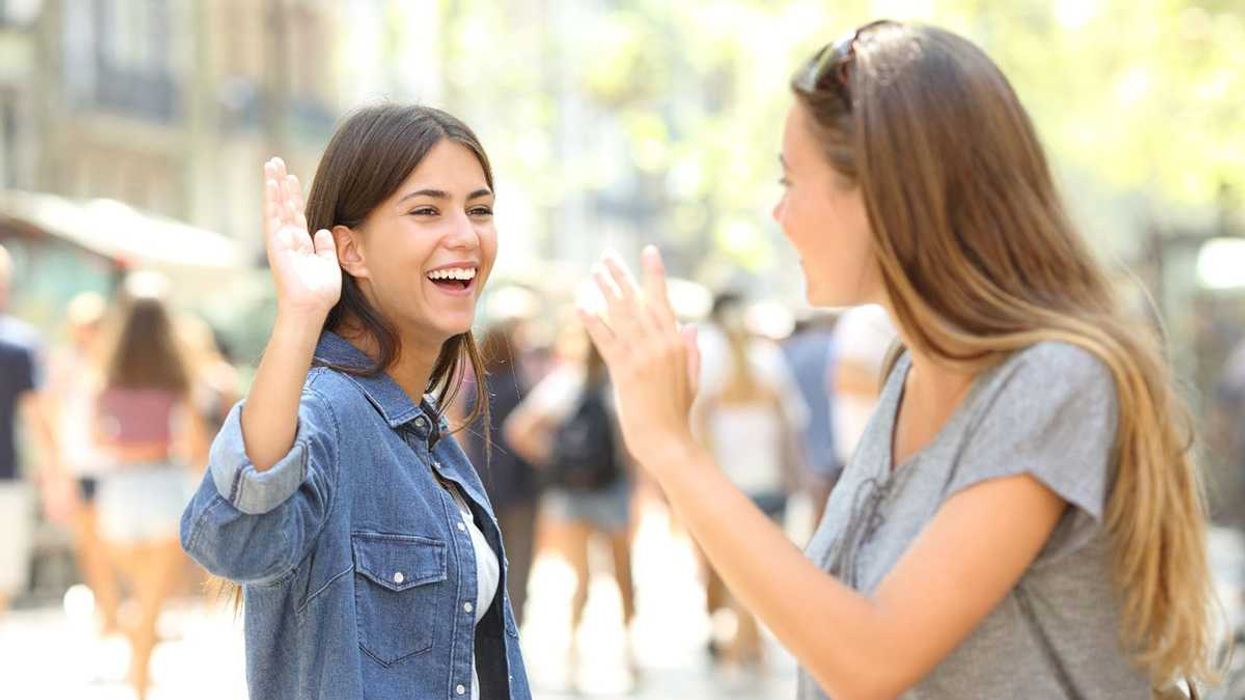
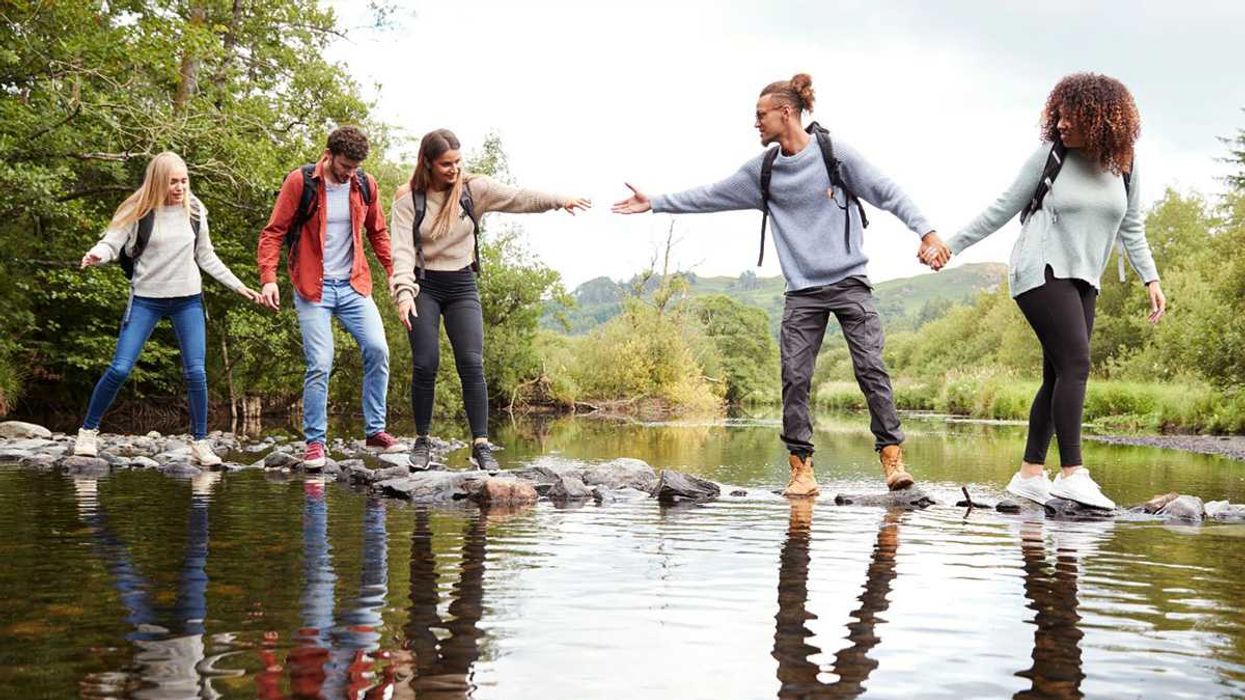 Friends helping one another cross a creek.Photo credit
Friends helping one another cross a creek.Photo credit 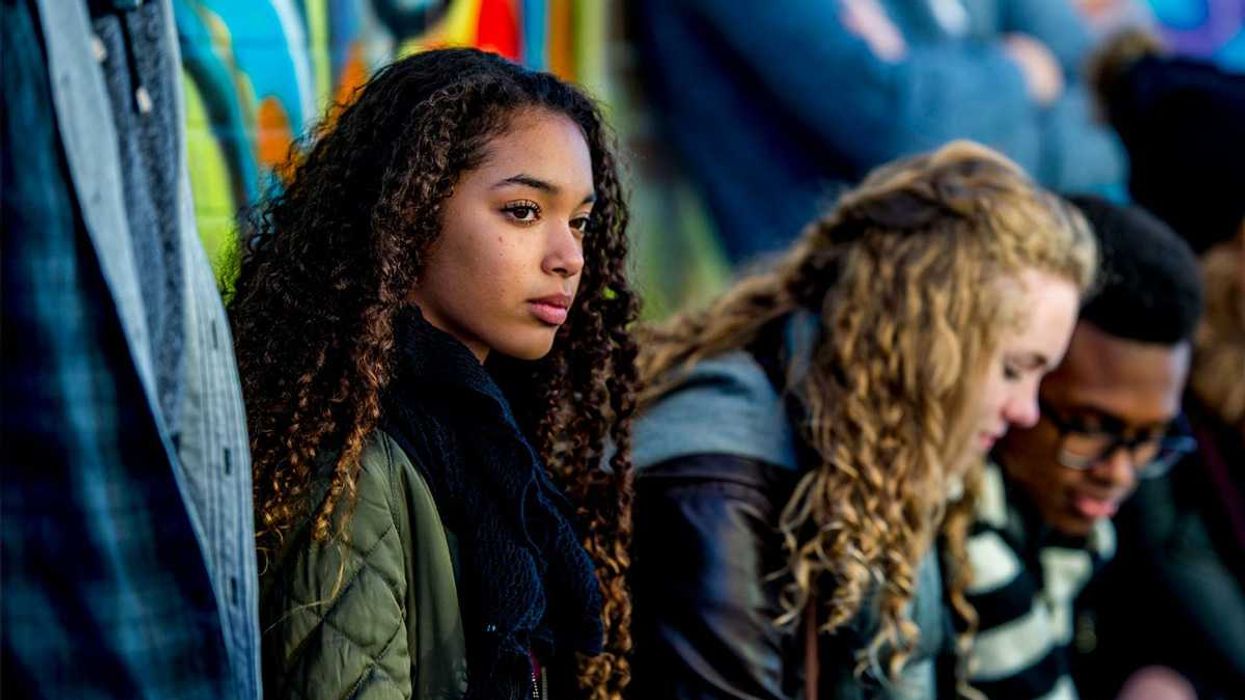 A group of young people. Photo credit
A group of young people. Photo credit 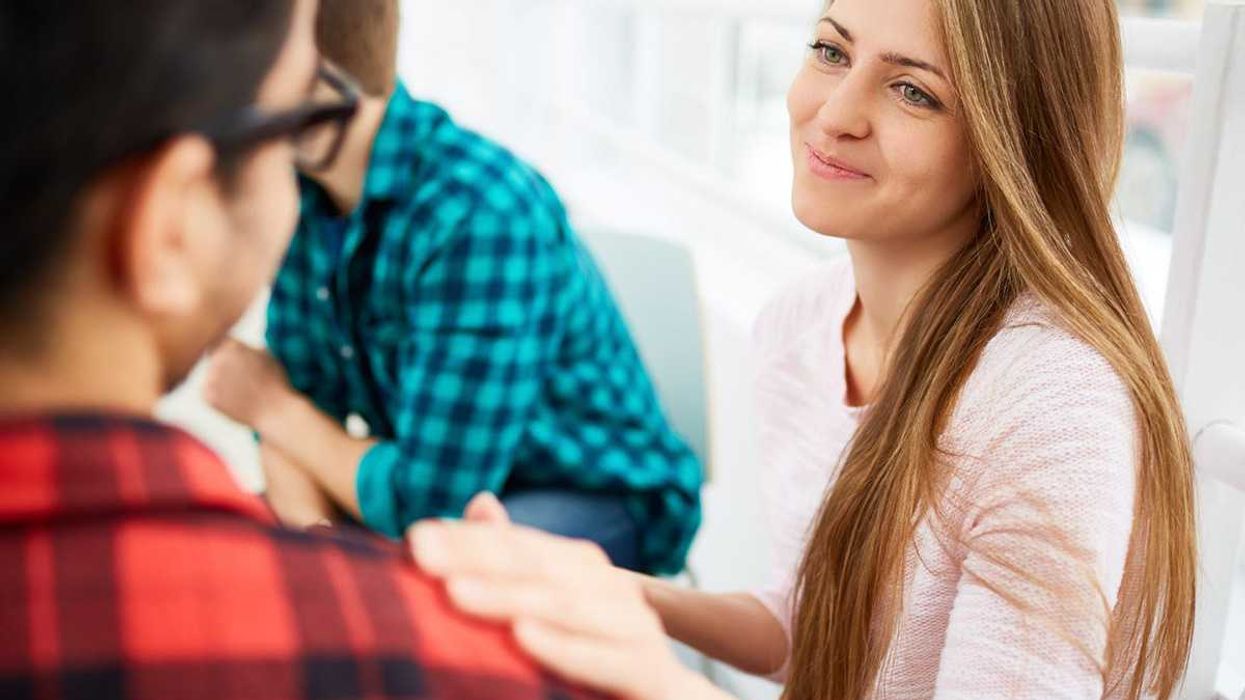 Studies suggest empathy builds connection.Photo credit
Studies suggest empathy builds connection.Photo credit 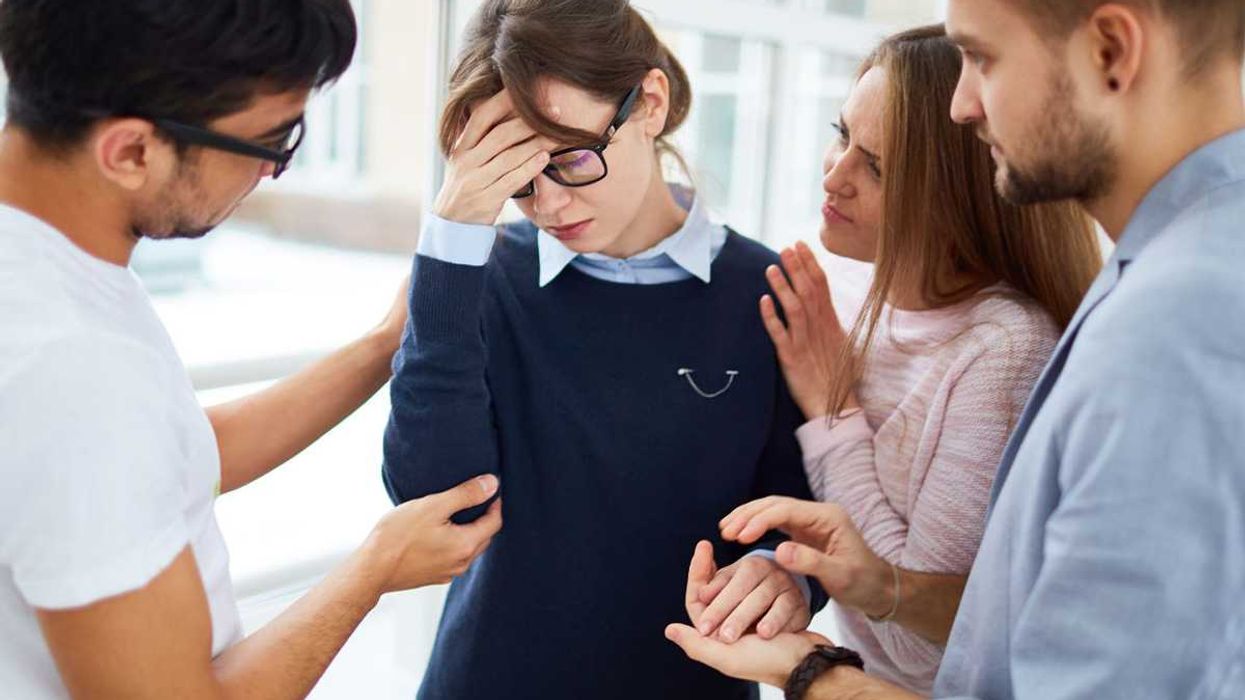 People consoling a friend.Photo credit
People consoling a friend.Photo credit 
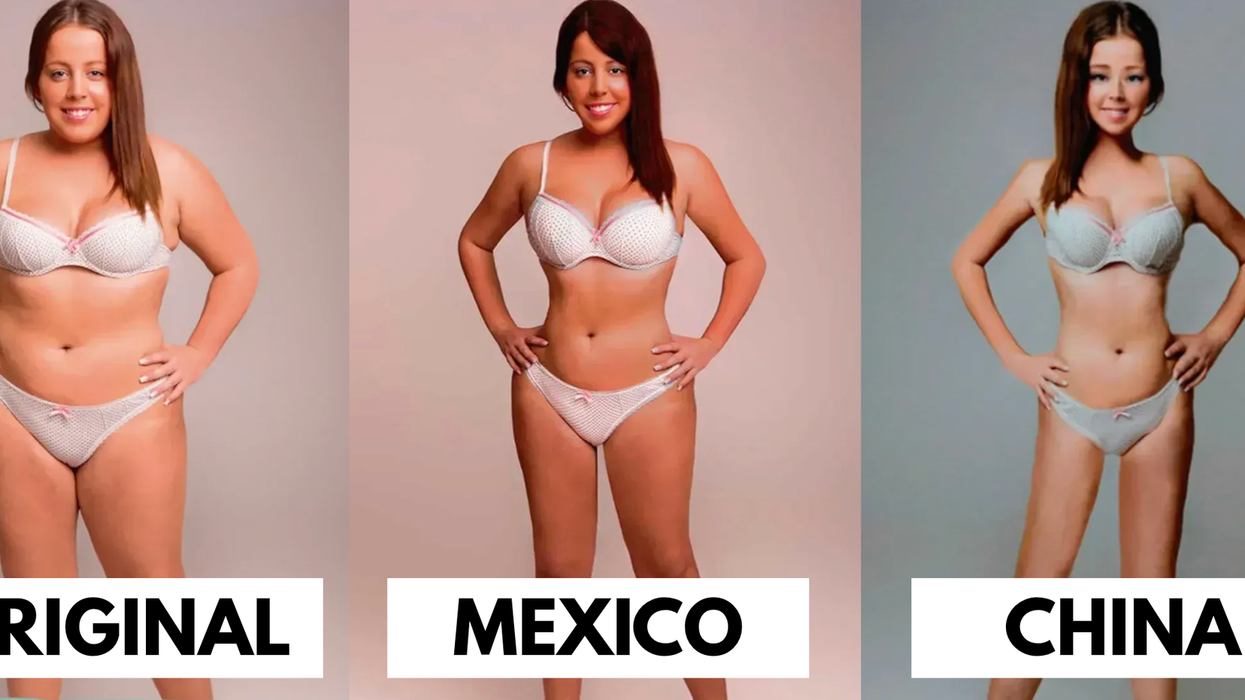
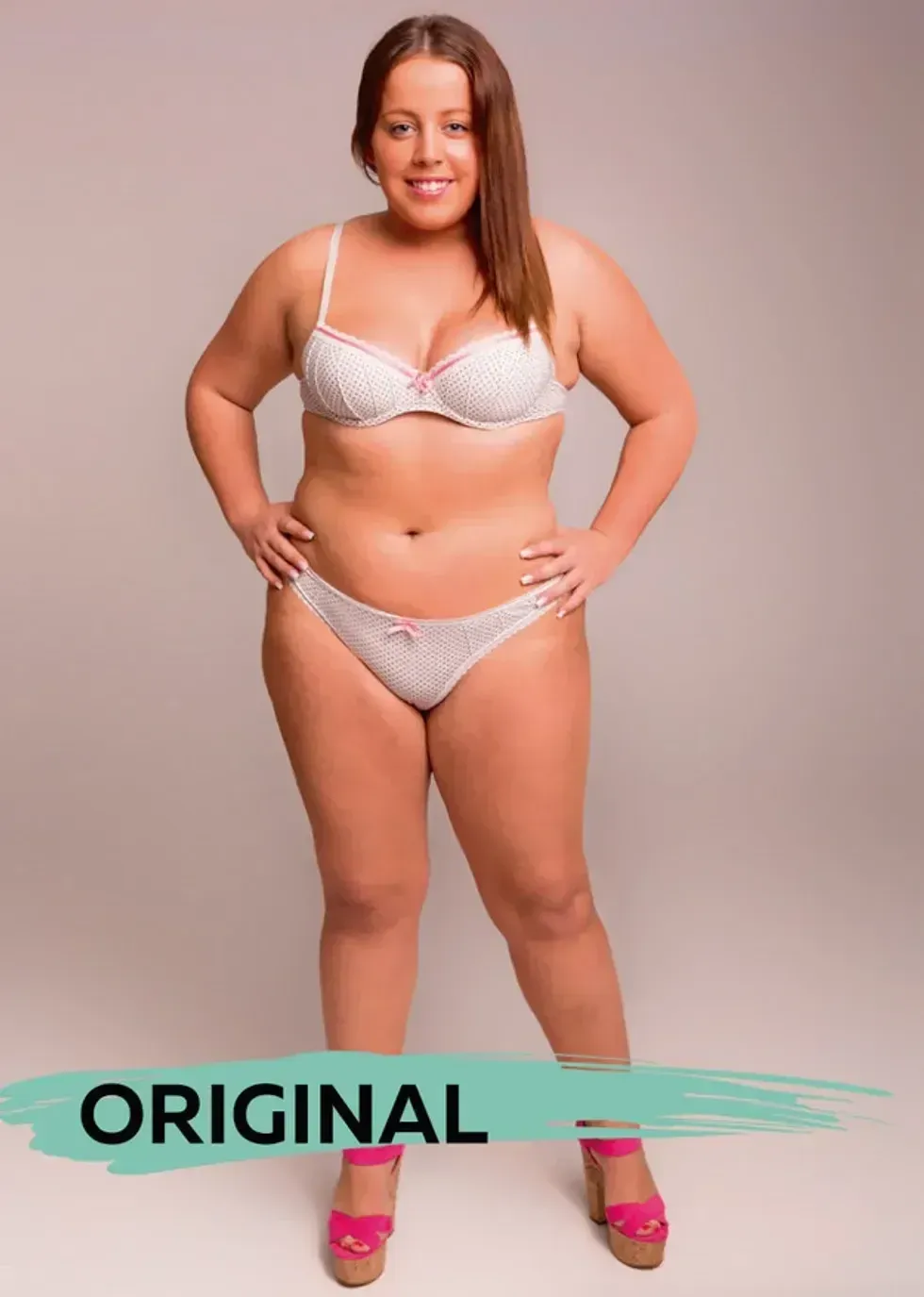 The original photo.Image from “
The original photo.Image from “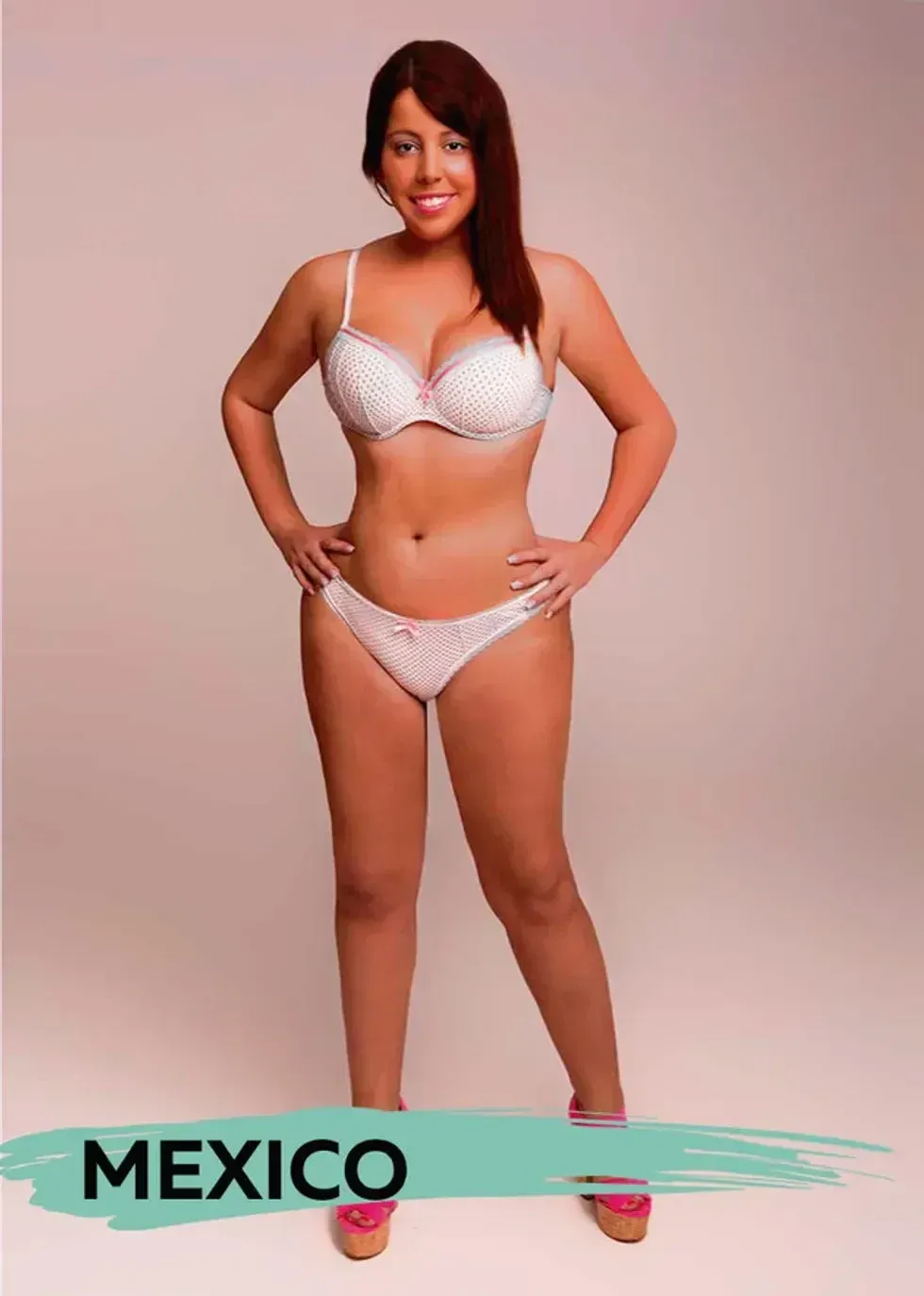 Photoshopped for MexicoImage from “
Photoshopped for MexicoImage from “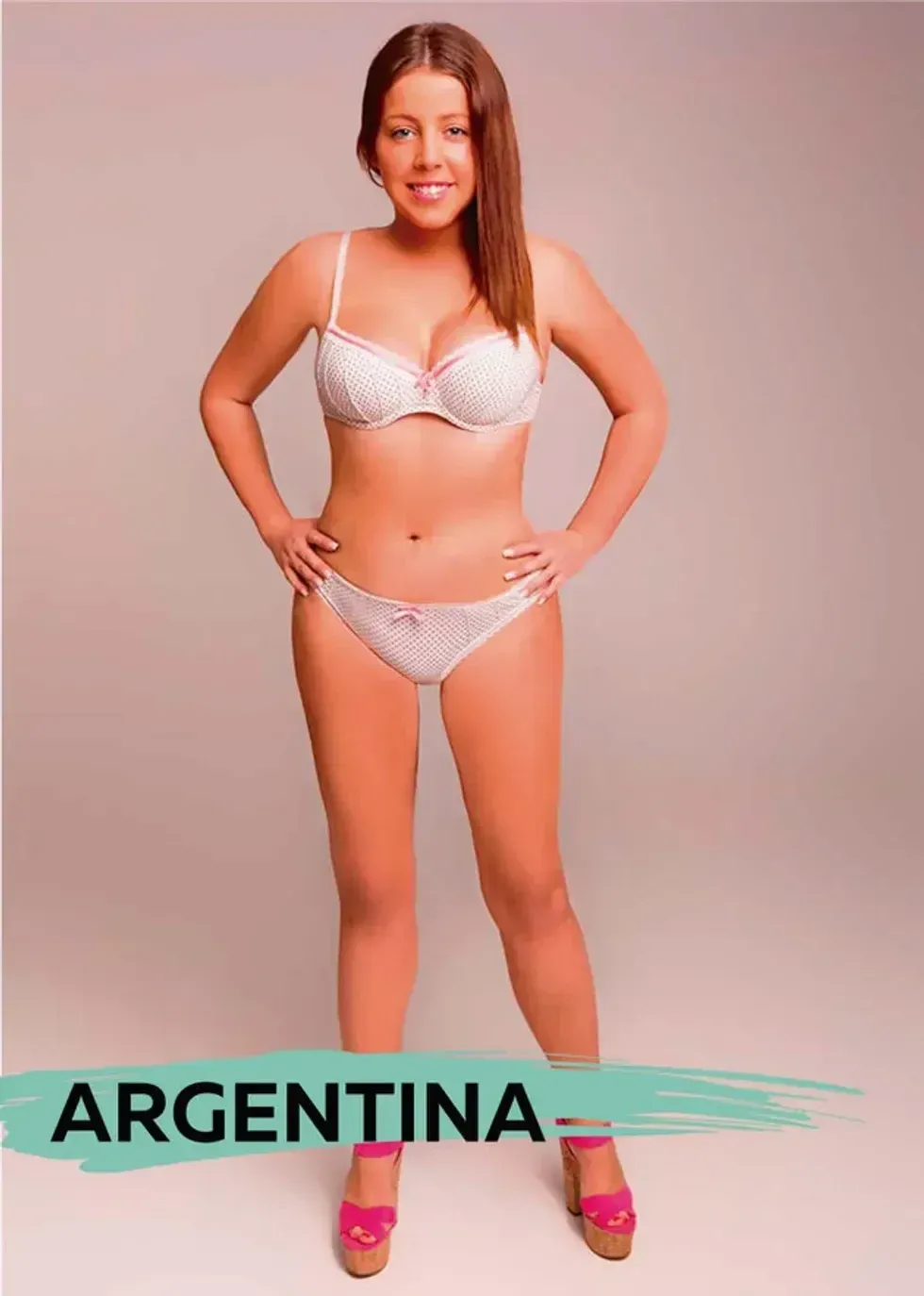 Photoshopped for ArgentinaImage from “
Photoshopped for ArgentinaImage from “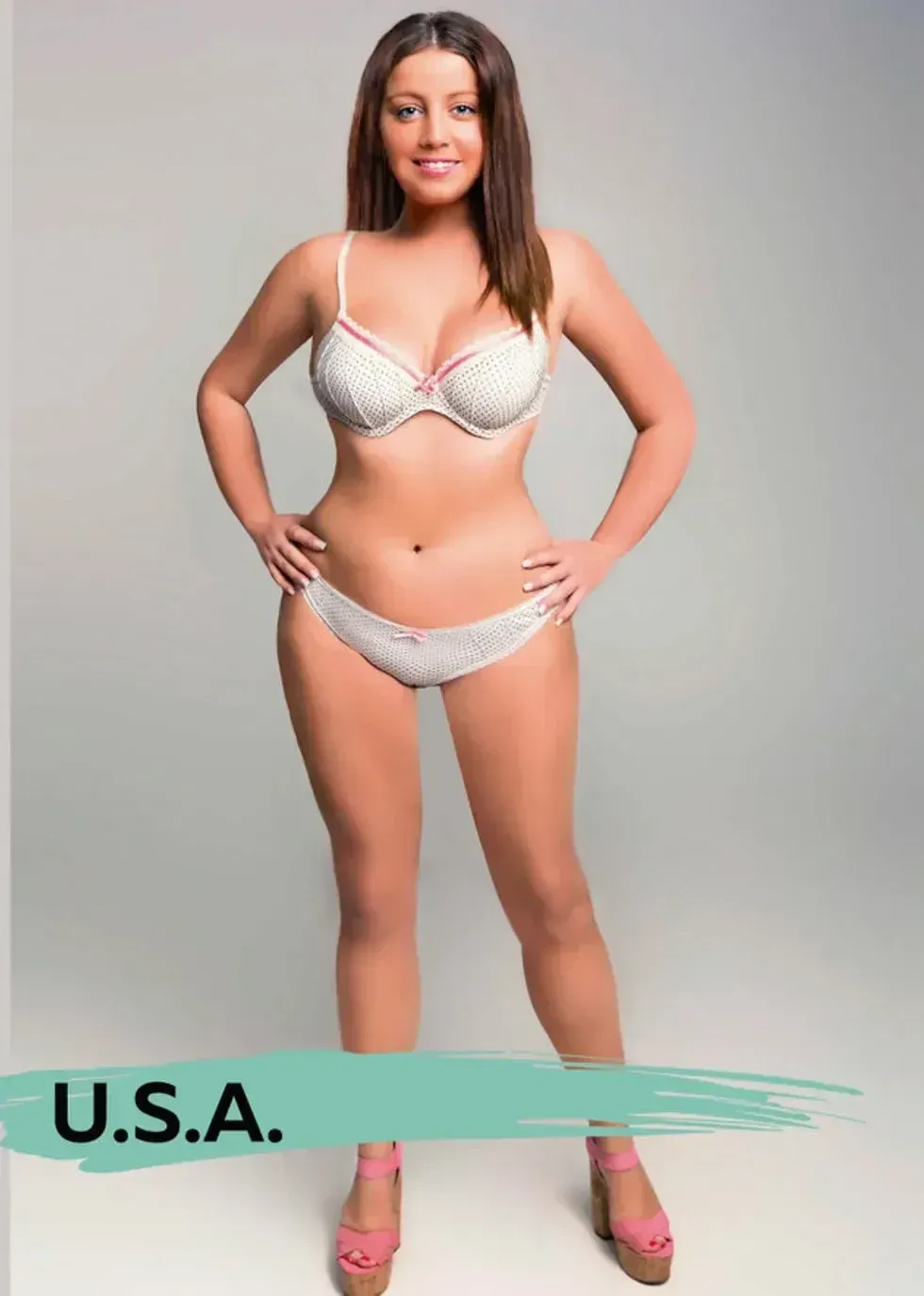 Photoshopped for USAImage from “
Photoshopped for USAImage from “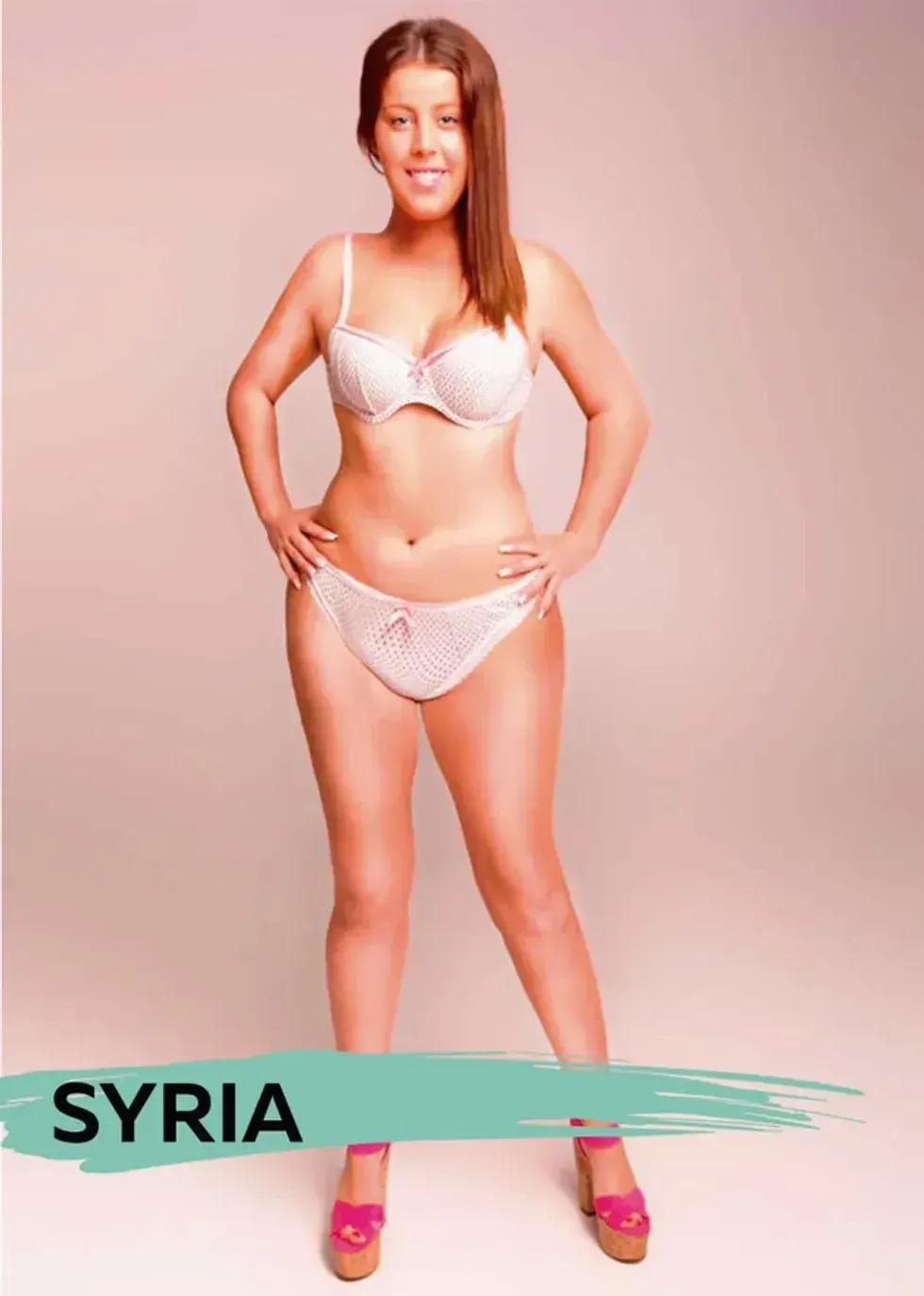 Photoshopped for SyriaImage from “
Photoshopped for SyriaImage from “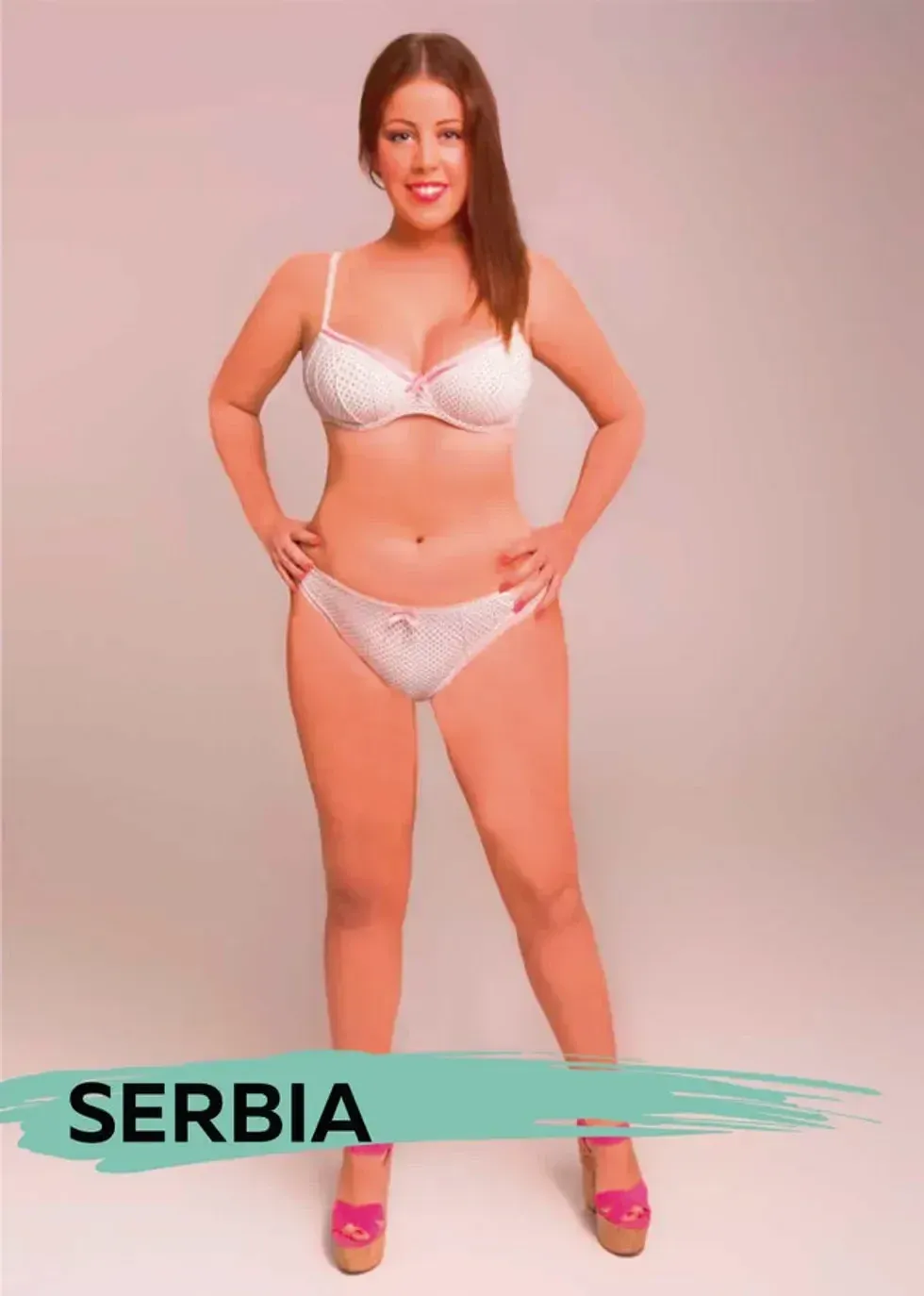 Photoshopped for SerbiaImage from “
Photoshopped for SerbiaImage from “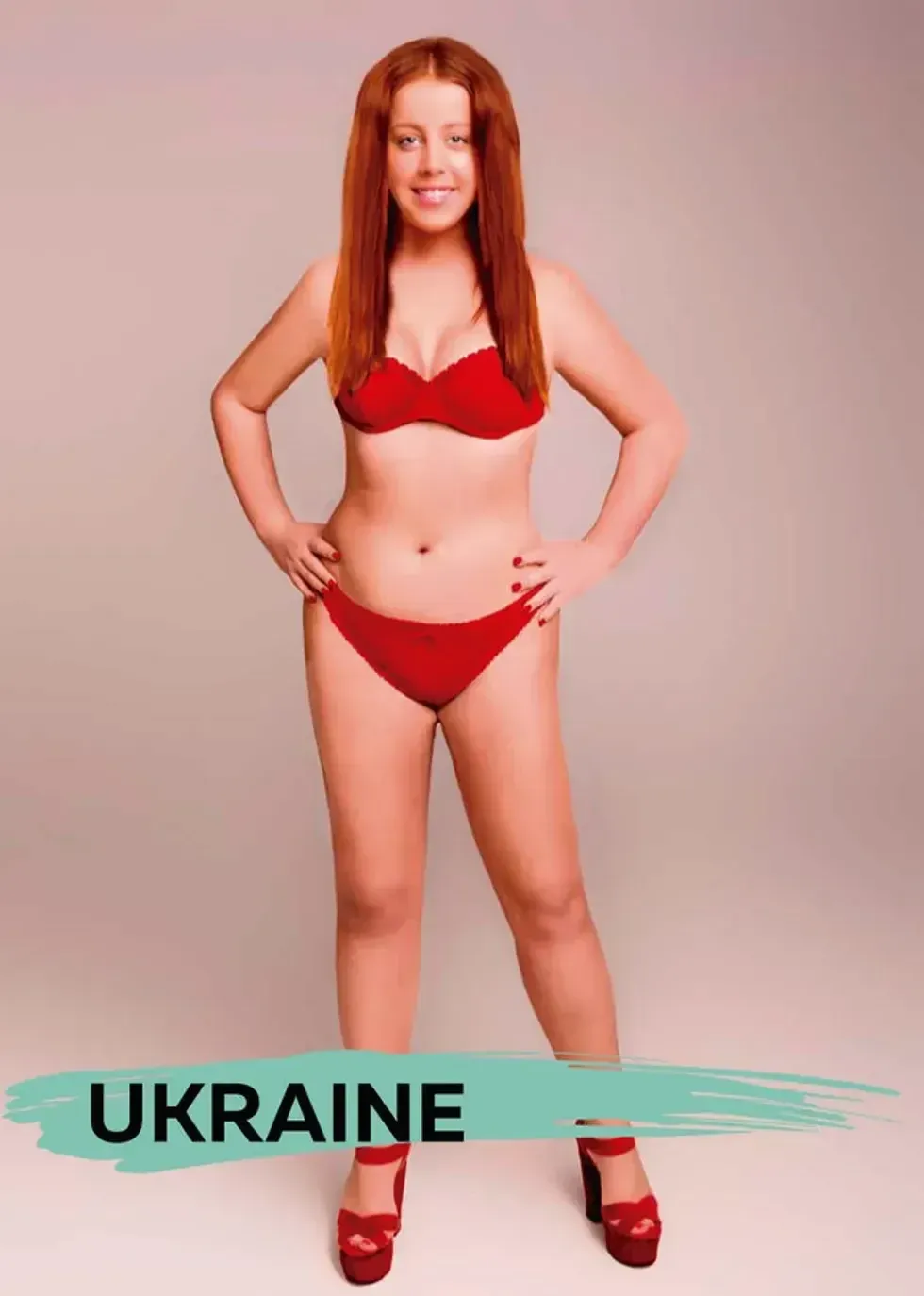 Photoshopped for UkraineImage from “
Photoshopped for UkraineImage from “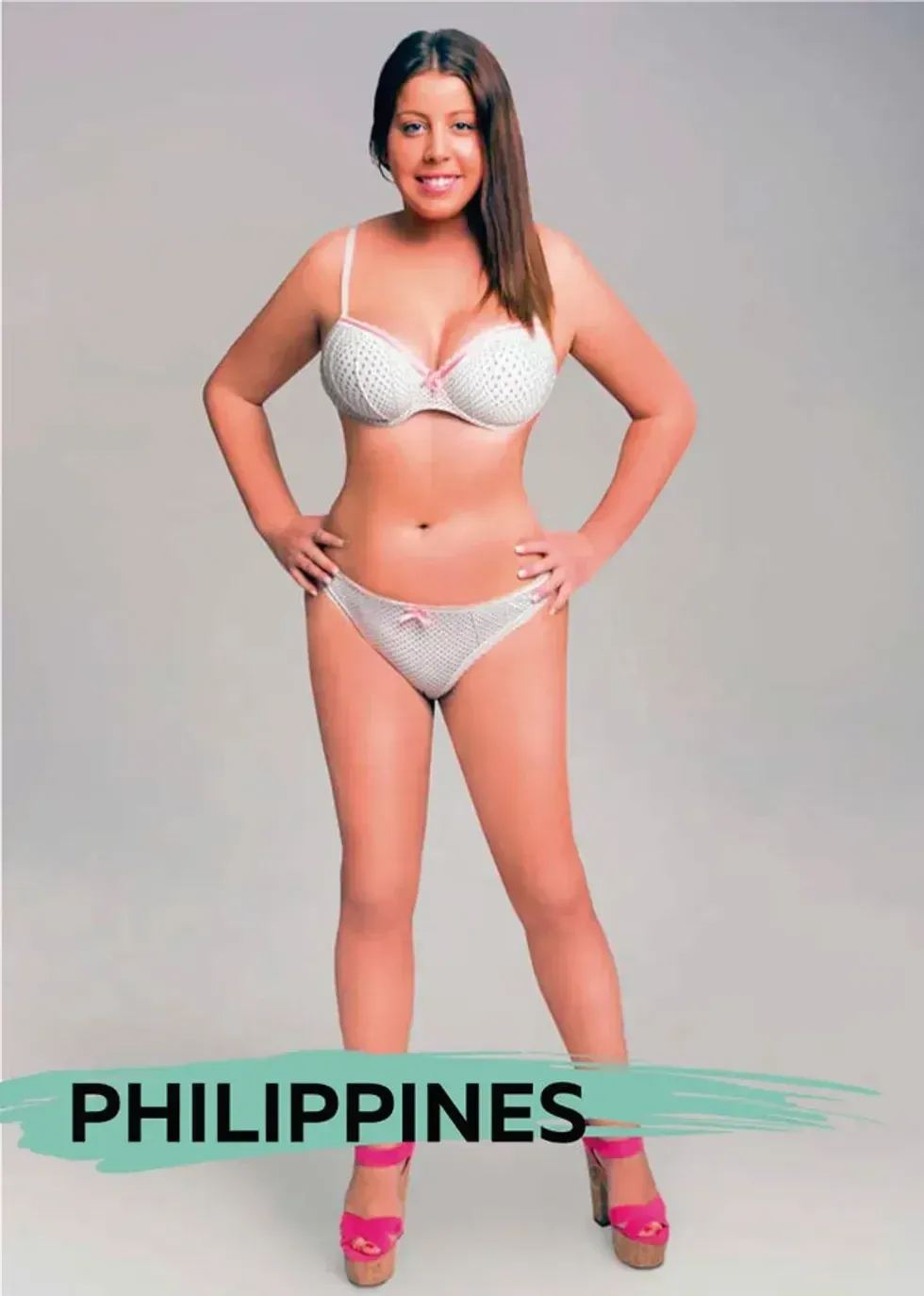 Photoshopped for PhilippinesImage from “
Photoshopped for PhilippinesImage from “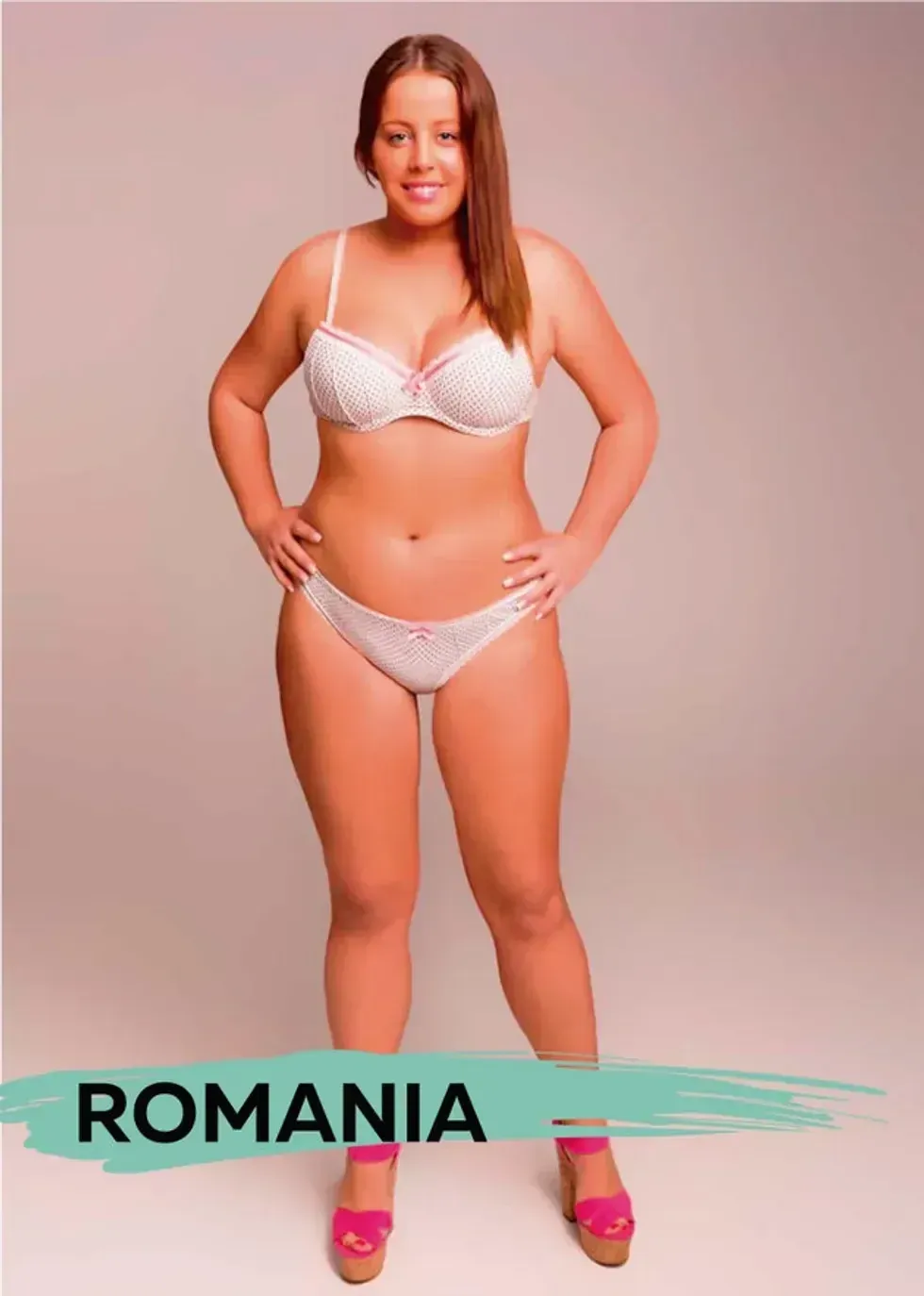 Photoshopped for RomaniaImage from “
Photoshopped for RomaniaImage from “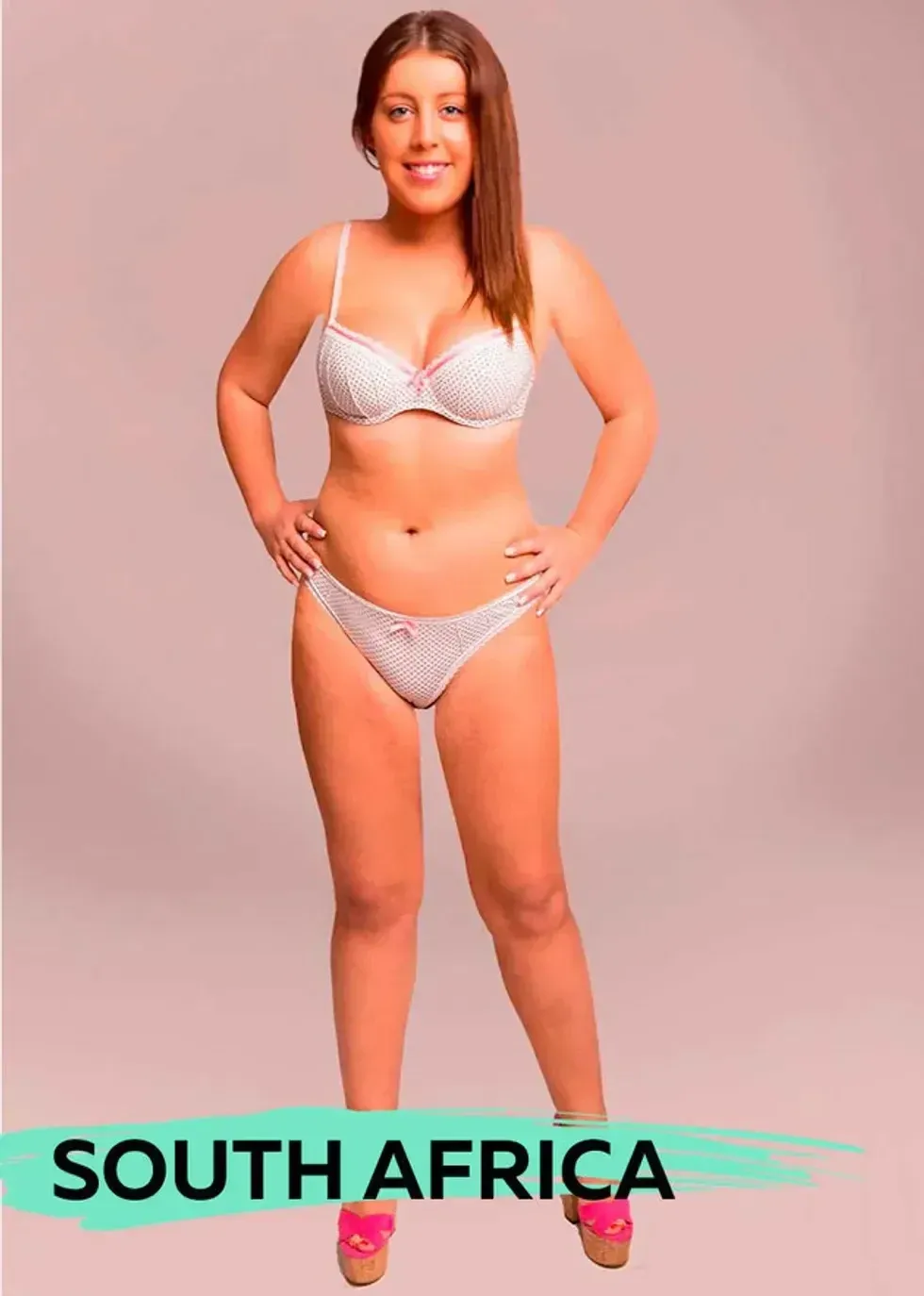 Photoshopped for South AfricaImage from “
Photoshopped for South AfricaImage from “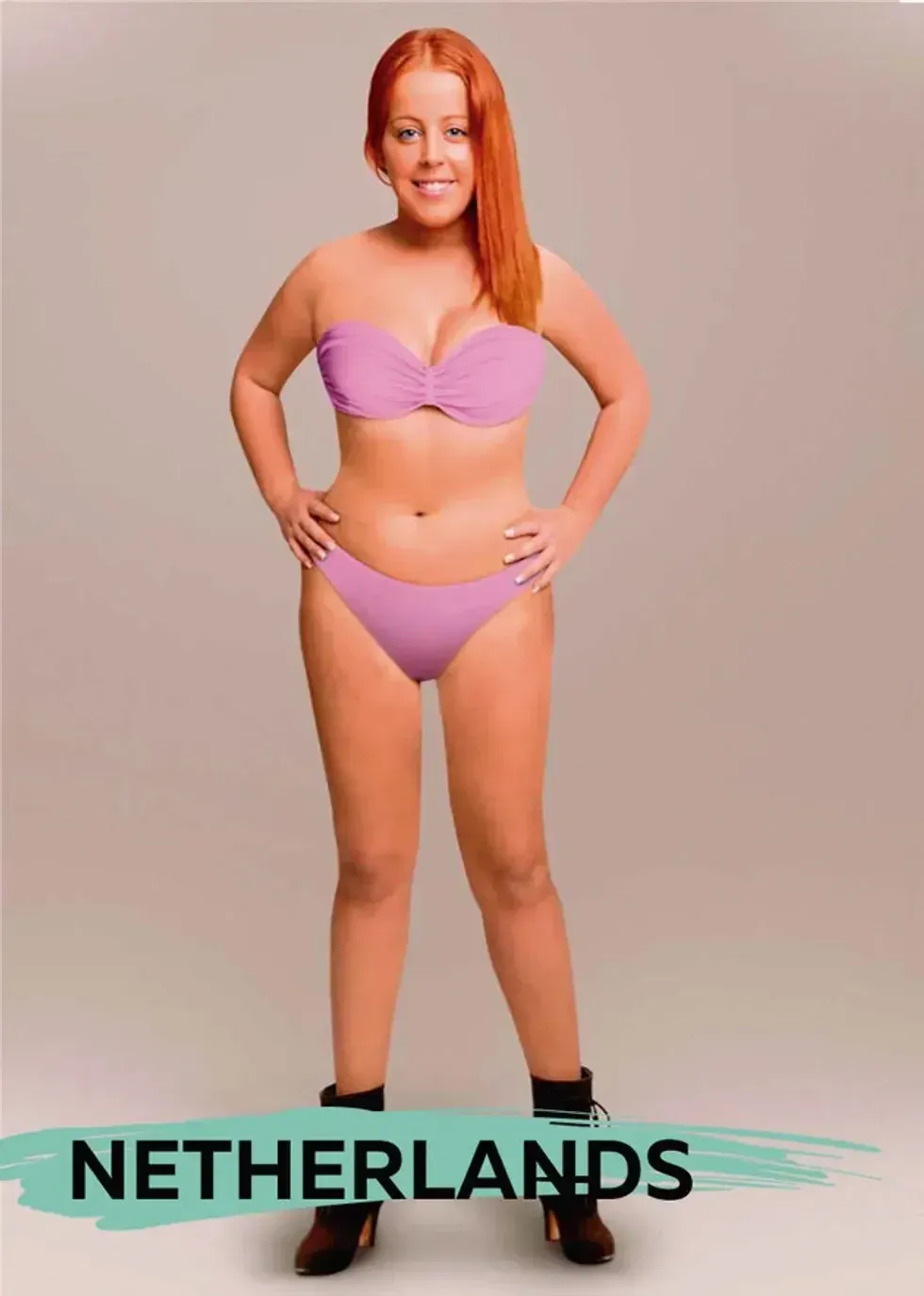 Photoshopped for Netherla ndsImage from “
Photoshopped for Netherla ndsImage from “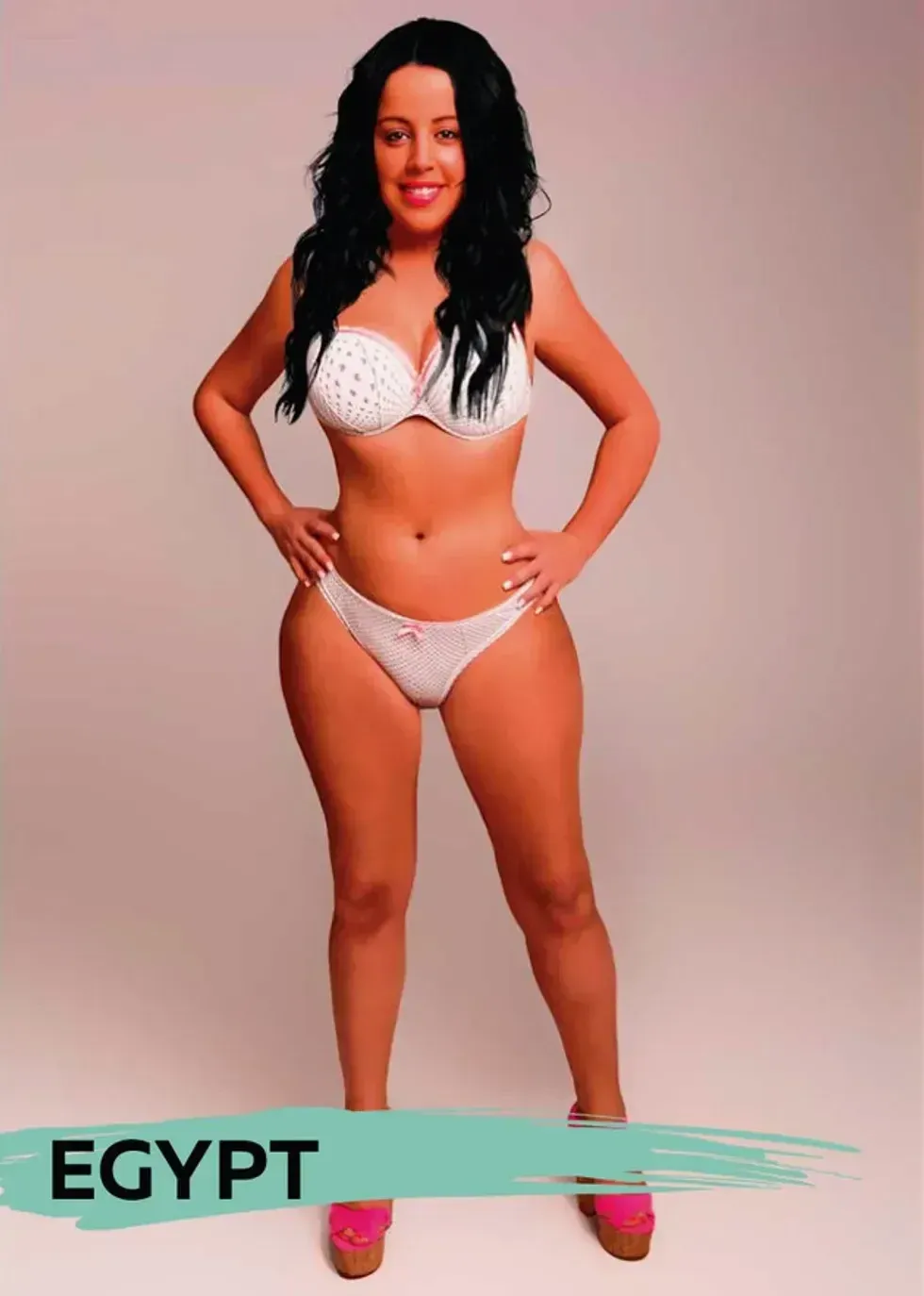 Photoshopped for EgyptImage from “
Photoshopped for EgyptImage from “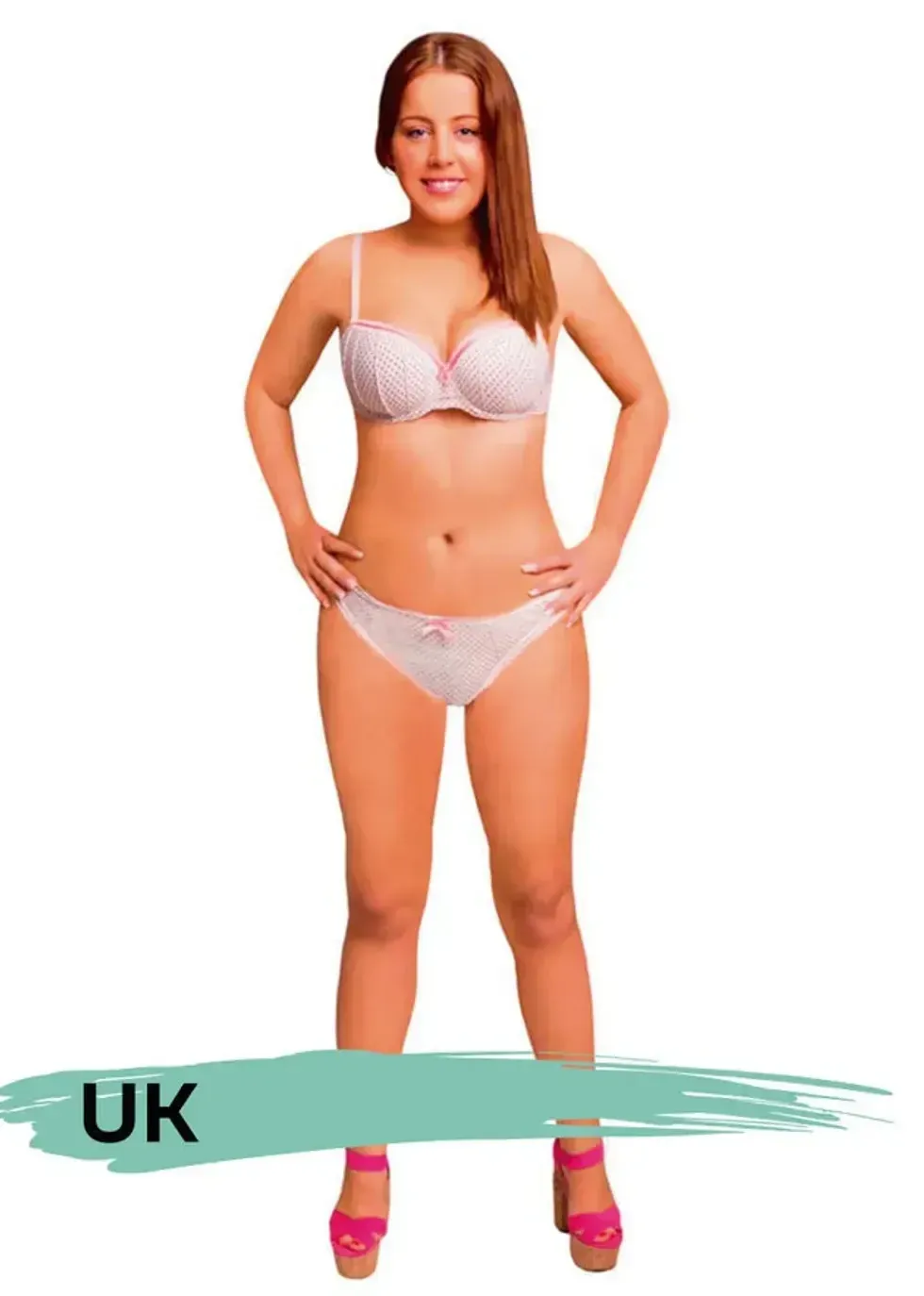 Photoshopped for UKImage from “
Photoshopped for UKImage from “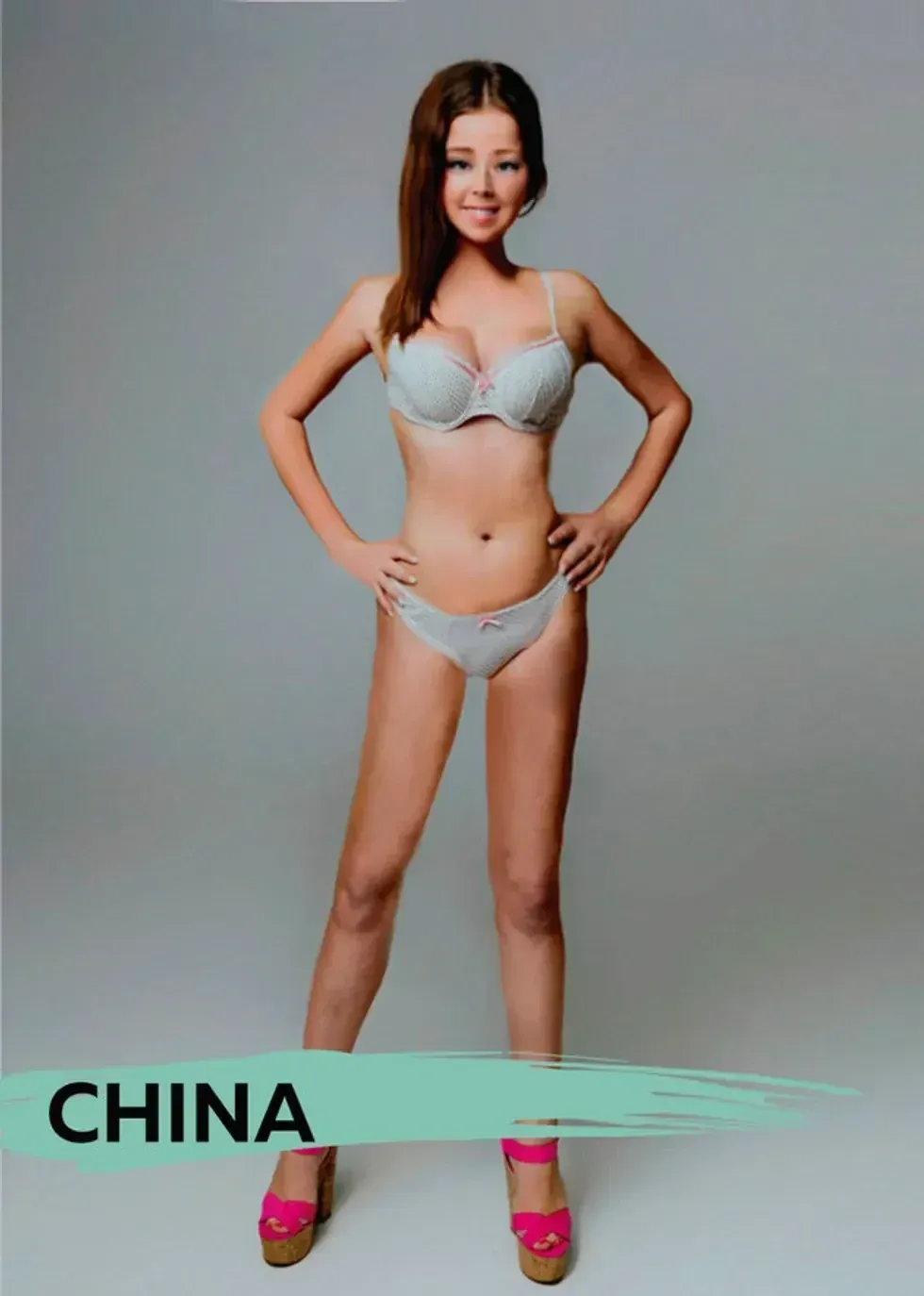 Photoshopped for ChinaImage from “
Photoshopped for ChinaImage from “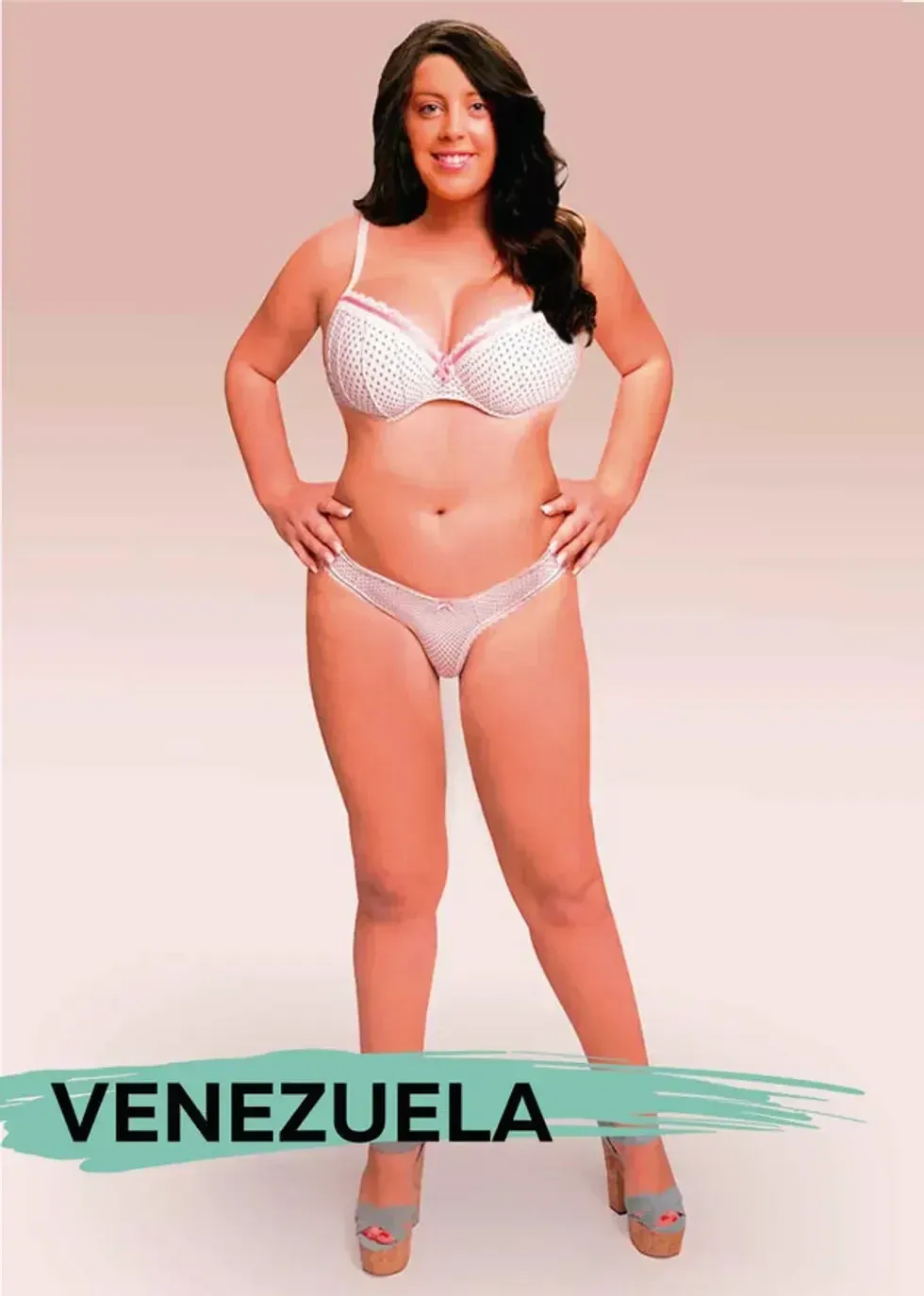 Photoshopped for VenezuelaImage from “
Photoshopped for VenezuelaImage from “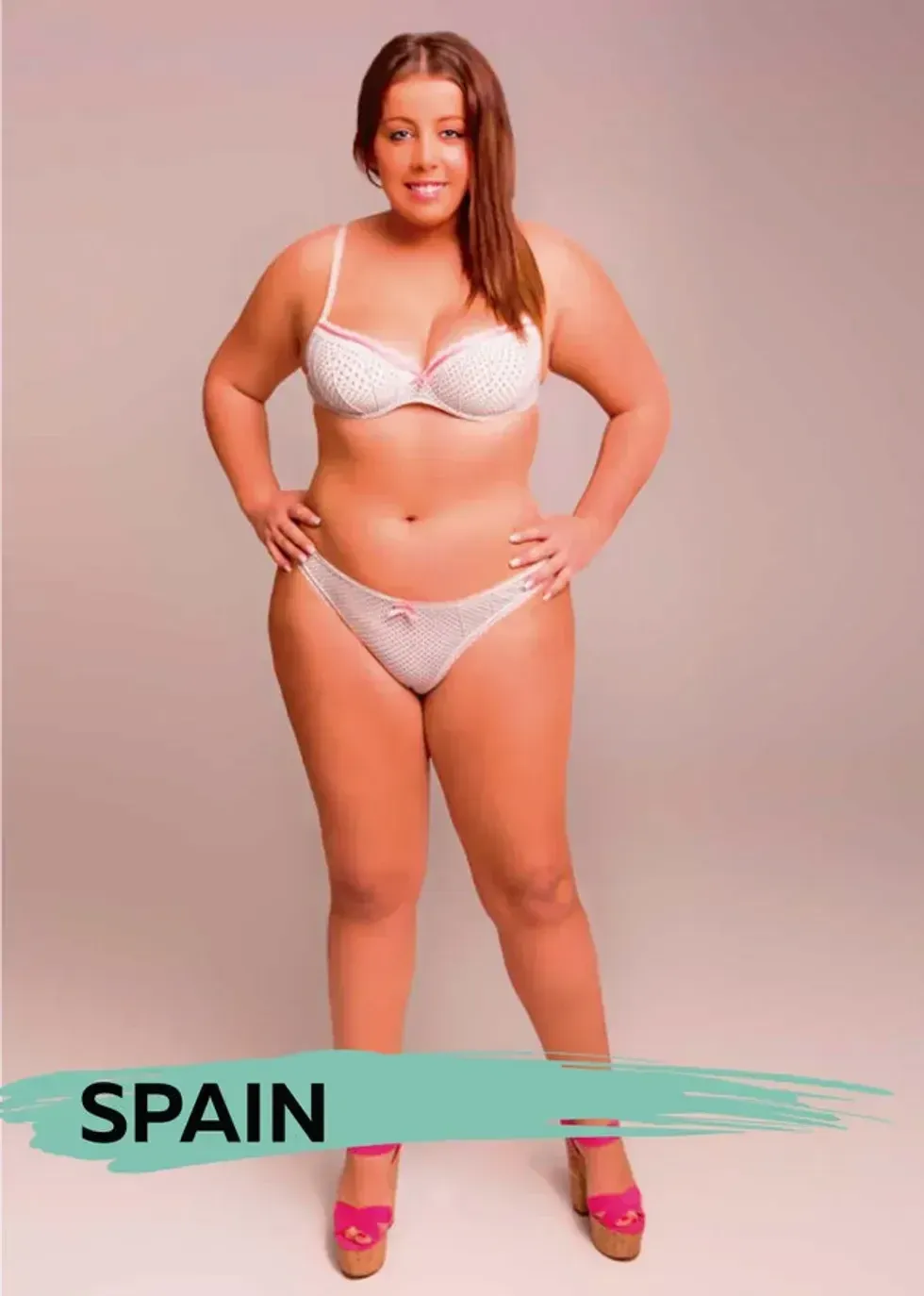 Photoshopped for Spain Image from “
Photoshopped for Spain Image from “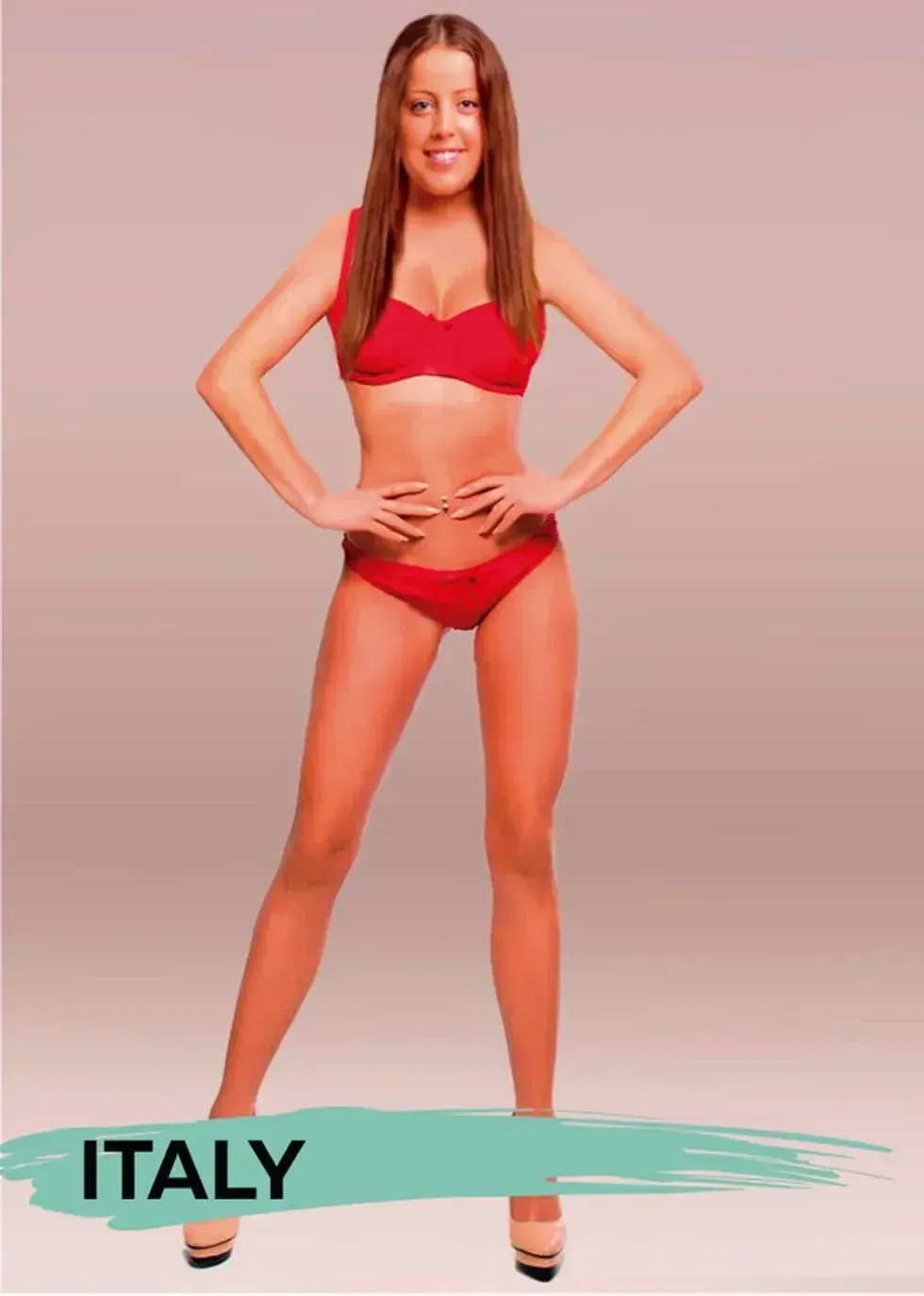 Photoshopped for ItalyImage from “
Photoshopped for ItalyImage from “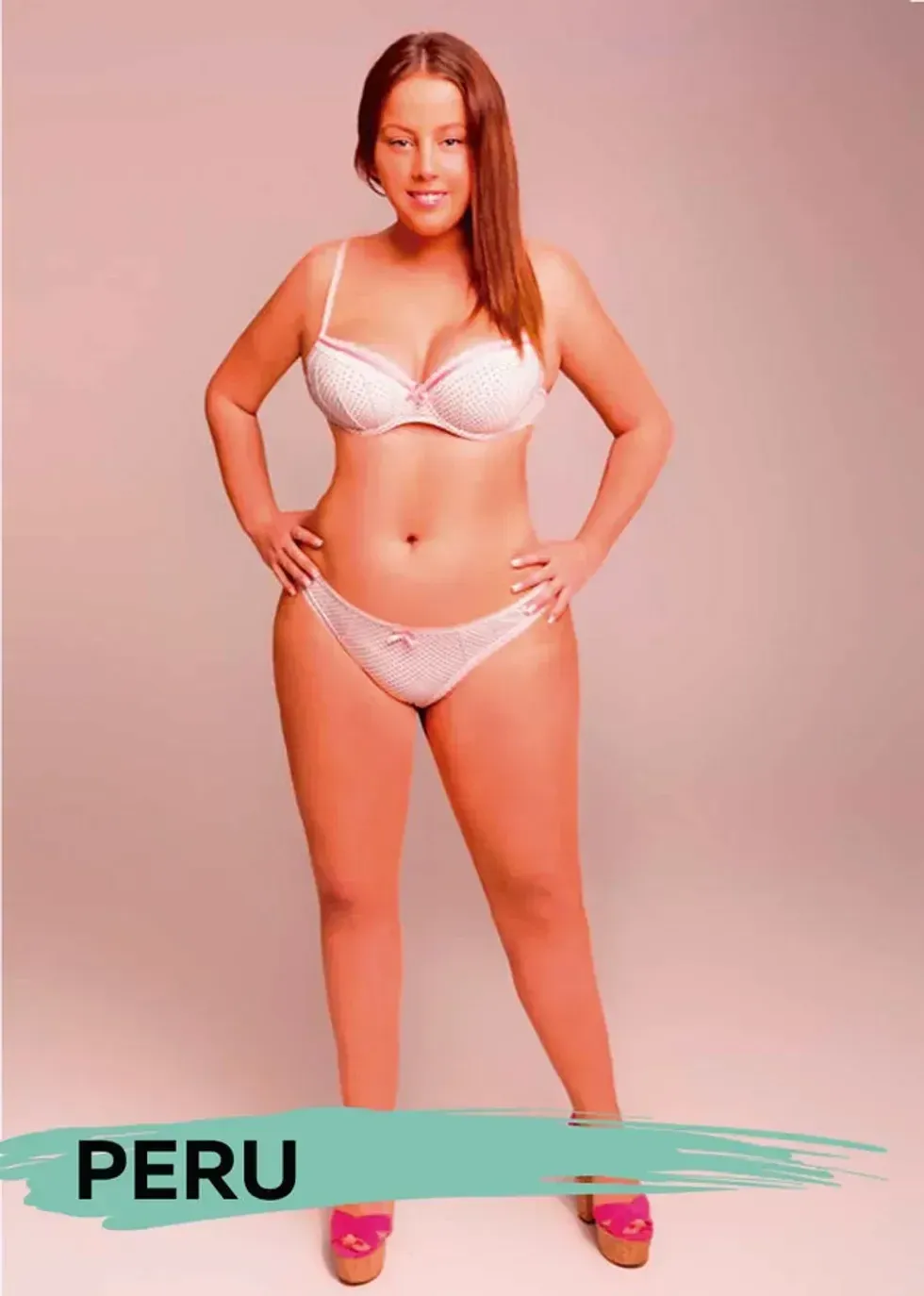 Photoshopped for PeruImage from “
Photoshopped for PeruImage from “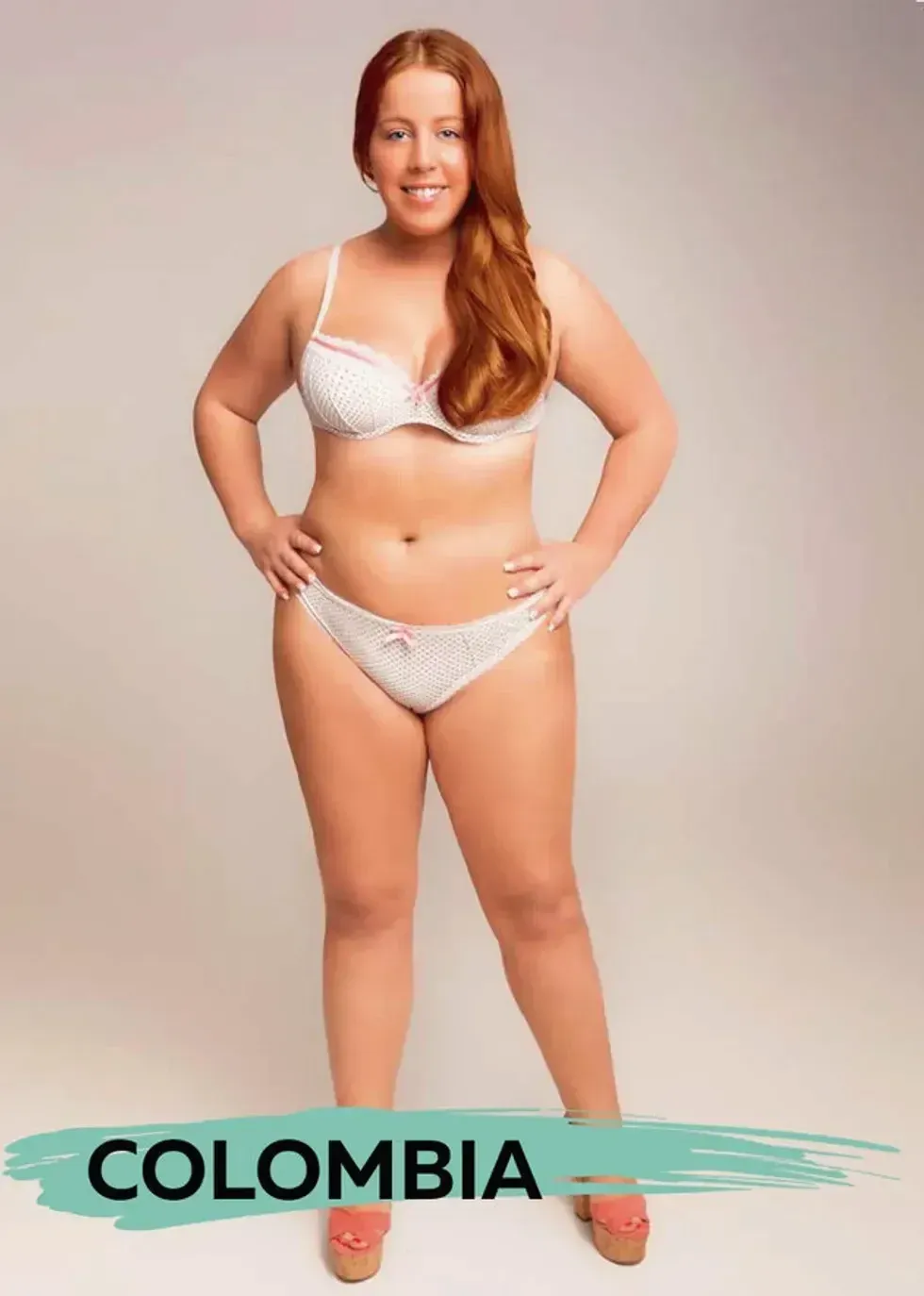 Photoshopped for ColombiaImage from “
Photoshopped for ColombiaImage from “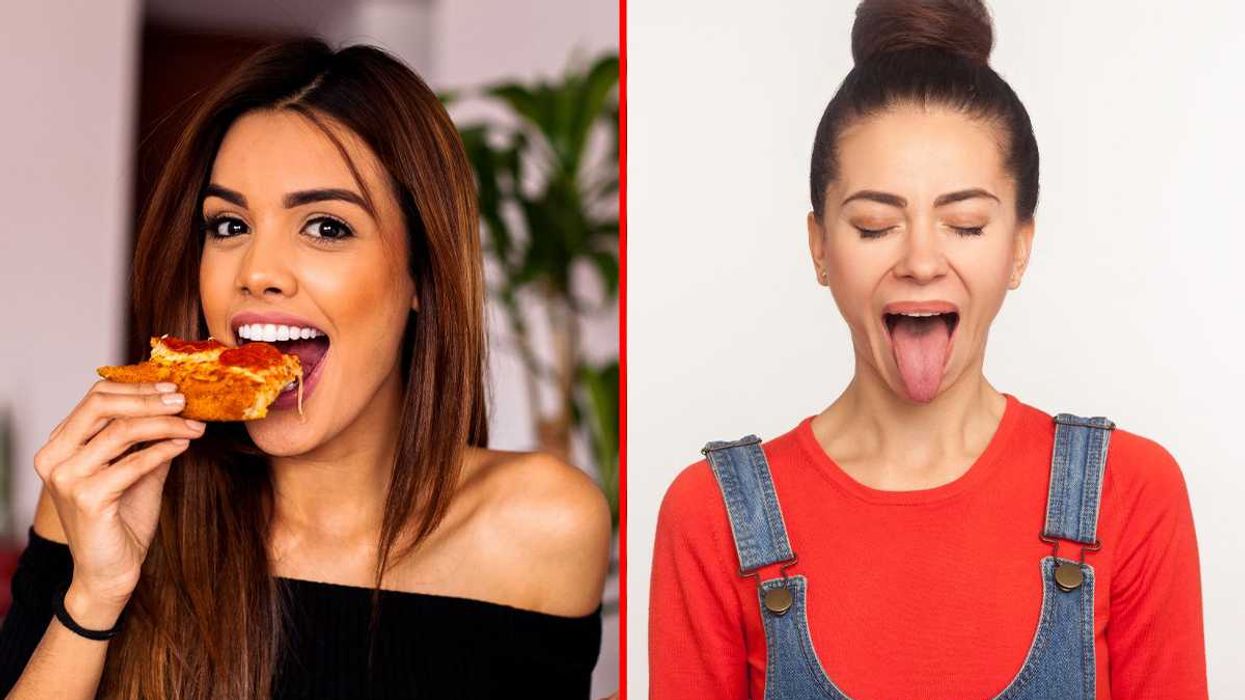
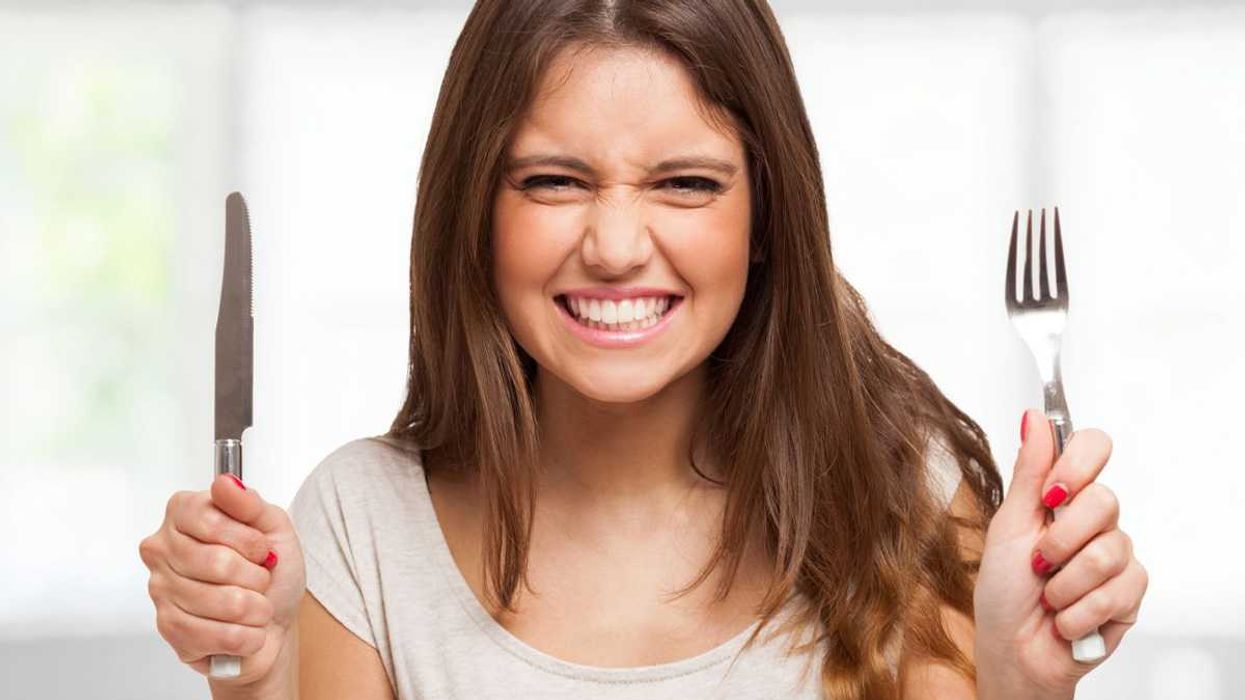 Hungry and ready.Photo credit
Hungry and ready.Photo credit 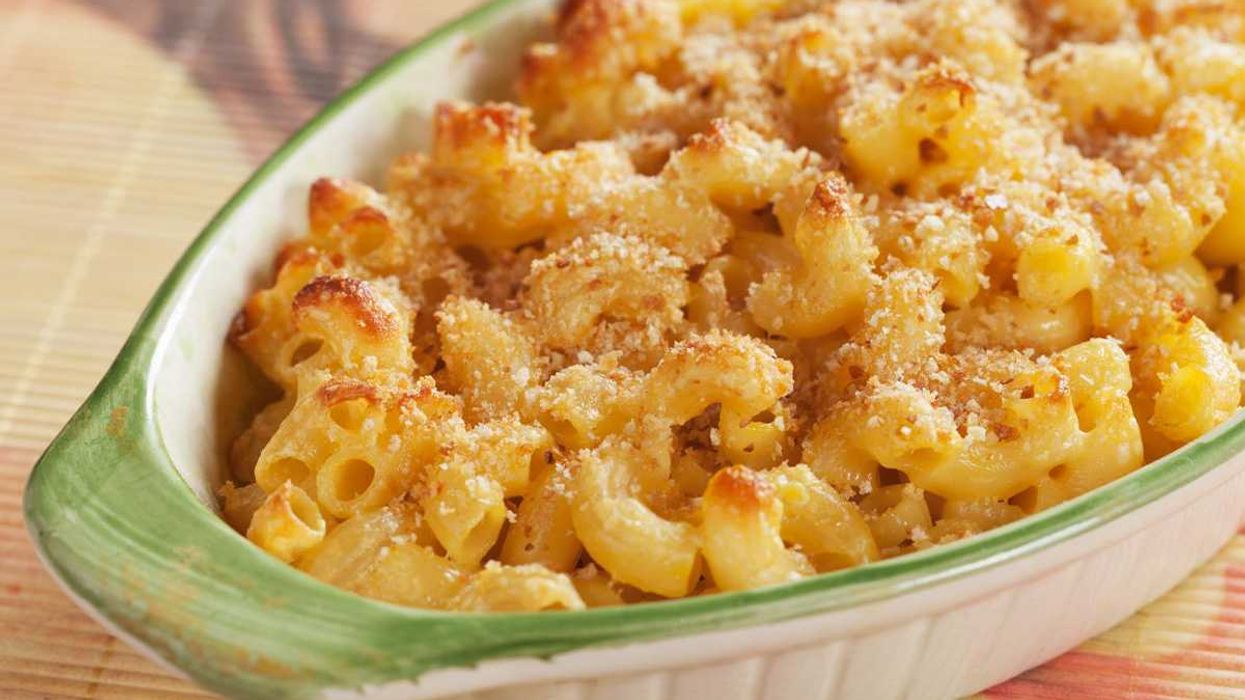 The mac and cheese staple presentation.Photo credit
The mac and cheese staple presentation.Photo credit 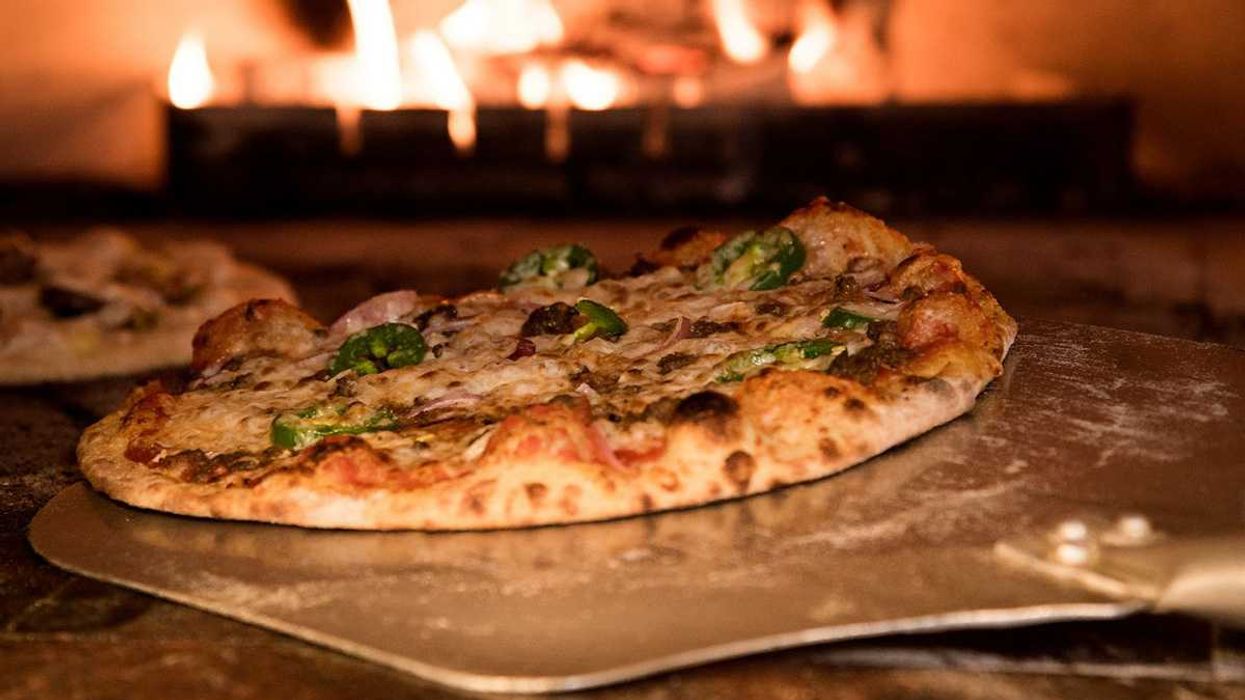 Pizza ready from the oven.Photo credit
Pizza ready from the oven.Photo credit  Friends hover around the barbeque.Photo credit
Friends hover around the barbeque.Photo credit  Seafood platter on the beach.Photo credit
Seafood platter on the beach.Photo credit 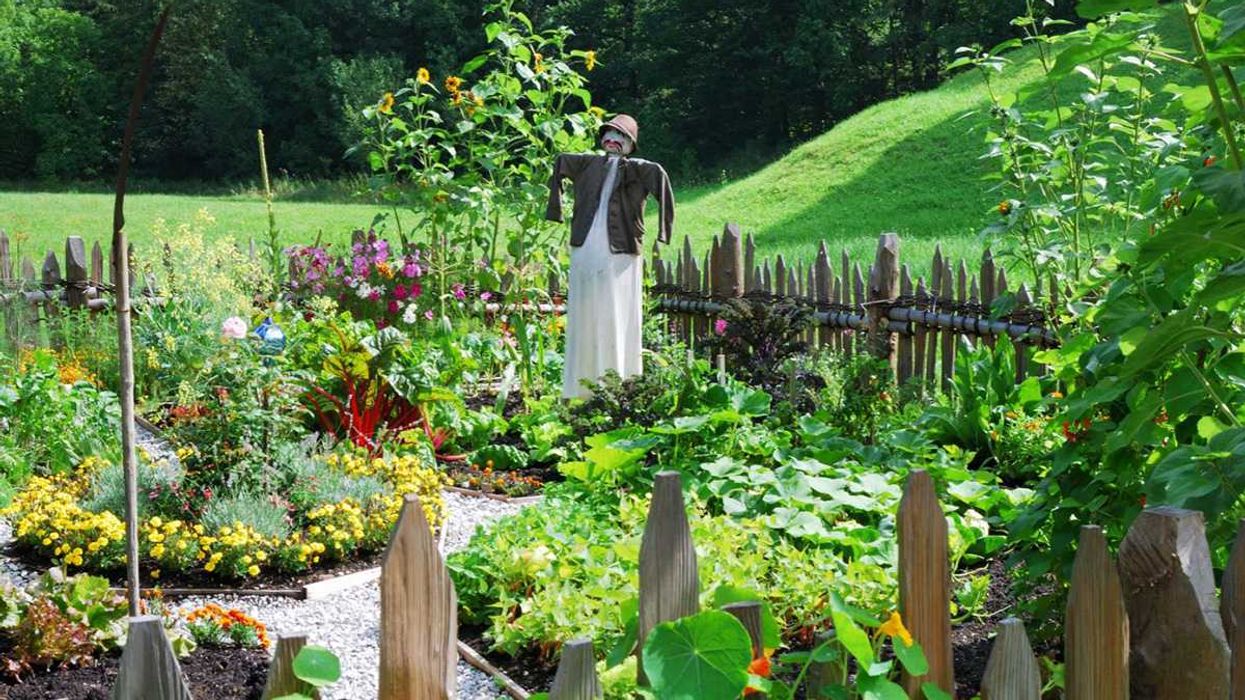 Scarecrow watches over a vegetable garden.Photo credit
Scarecrow watches over a vegetable garden.Photo credit 